|
On the morning of the 24th October I discovered the orange Dendrophyllia spawning. It's the first time that I've witnessed this in over 2+ years. I immediately grabbed my phone but I sadly missed most of the action. Anyway I managed to capture a bit of it, I started off handheld but changed to tripod after a short while, hopefully you get the idea. Some of my fish make an appearance towards the end wondering what all the fuss is about. Then six days after the Dendrophyllia spawned I discovered the Balanophyllia going for it too. Did the first spawning event trigger it or was it just that time of year? I am hoping that both spawning events occurred because the corals are happy and well fed and not because they are stressed into making a last ditch attempt at procreation.
0 Comments
I am generally a patient person but after almost ten months of waiting my patience is wearing thin. ICP analysis has indicated that the tank still has an issue with elevated Cobalt levels. Having discussed my results with other reef tank owners the source of the problem appears to be TMC Eco-reef rock, some have even had it a lot worse than myself, perhaps because they used more rock?
I have sent 5 sample of water off for testing and the Cobalt level has come back as follows: May: 5.56ug/l July: 3.07 August: 4.18 October: 3.54 November: 3.59 I have performed 12% water changes every week without fail since the tank was cycled. If the rock had stopped releasing Cobalt or was at least releasing less I'd expect to see the level dropping. It's hard to tell if or what kind of negative impact the Cobalt could be having on the livestock. I am still struggling with algae issues on the sand, this could be down to all sorts of reasons but I never had an issue with my previous tank set up(s) using good old liverock. The KH level has also begun to rise recently indicating that the corals have stopped growing for some reason. The Red Planet Acropora, A. hyacinthus looks to be holding on by a thread at the moment, it's as brown as I've ever seen it with little to no polyp extension. I get up every morning expecting to find just a stripped skeleton. I also lost Milo my Venus shrimp recently which I am absolutely gutted about. He was completely fine one day, stealing food from the Heliofungia and just gone the next. I have no idea what happened to him, was it a failed moult? His death may be completely unrelated to the Cobalt levels and it could be just one of those things. I really hate not knowing what happened to him. I felt bad for Claws, the coral crab. He'd regrown his pincers but still continued to hang out underneath the clam. He was eating extremely well but he was not living as nature intended and according to some articles these crabs are obligatory commensal in that they actually require a coral host for survival. I couldn't bear the idea of loosing him as well as Pebble (see its-a-pebble-but-its-a-really-nice-pebble), so I began searching for a new 'home' for him. Whilst Trapezia cymodoce can be found hosting in amongst branches of Acropora sp. more extensive research on my part has indicated that they seem to be more commonly associated with the genus Pocillopora. Since I don't currently have any Pocillopora species in my tank adding particular crab turned out to be not the best livestock idea I've ever had. I needed to rectify that asap. To maximise my chances of Claws approving of a new coral home I needed a Pocillopora sp. that was large enough to to house Claws and make him feel secure but not too large that I couldn't actually fit it in my tank since space was becoming a premium. After scouring the web I settled for a small maricultured Pocillopora sp. colony. It was listed as Pocillopora eydouxi, I have to assume that this is the correct identification but in all honestly I have no idea, Even after spending hours studying 'Corals of the World' by Veron I still can't really tell the difference between some of the different Pocillopora species. I just had to hope this coral would fit the bill. The online listing showed the coral to be somewhat pink but when it arrived it just looked brown, probably due to shipping stress, but no matter hopefully it would colour up again once it was settled. I set the coral on the sand whilst I dealt with the rest of the order, I can never just buy one thing, lol. I also boosted the clean up crew in the from of a black spiny brittlestar, Ophiocoma sp. Once the star had been added to the tank and vanished under a rock, I took the time to really check out the new coral and.... WTH! It already had a crab living in it. This new crab was really, really tiny, about 1/10the size of Claws but to my eyes looked to be the same species. What had I done now? In trying to help Claws had I doomed really Tiny Claws? I waited a week for the coral to acclimate before fixing it into position on the rocks. During that time Claws remained living at the base of the clam and Tiny Claws stayed happy in his comfy coral home. The morning after the coral had been stuck down I discovered Claws had moved in. I immediately searched for Tiny Claws and was amazed (and relieved) to discover that he too was still in the coral. Now either Claws and Tiny Claws are prepared to share or they are male/female and have paired up or maybe Claws hasn't even discovered his tiny new friend yet? Whatever, potential disaster has been averted for now. Here is the (brown) Pocillopora. Claws loving his new home. Tiny Claws can be seen to the left with a partial view of Claws (bit of leg and claw) to the right.
Before placing my previous coral order I had expressed an interest in purchasing a frag of a different gorgonian from a fellow reefer. Unfortunately I was a little too slow off the mark and the frag sold to someone else. The very next day I discovered the purple gorgonian online so I ordered that instead but before it had even been delivered the kindly reefer contacted me and asked if I still wanted a frag of his gorgonian. He could take a small cutting just for me, naturally I said yes, I can always find a spot for something small lol. In addition he also offered to take a frag of his Chilli coral which was another species I'd always wanted to keep and had been searching for. Here is the gorgonian settling in on the frag rack, 3 days after delivery. I'm not sure of the species, it could possibly be Leptogorgia chilensis. Here it is fixed in position with the Coco worm for size reference behind. It seems to be doing OK so far, the polyps are extended for most of the day but I am yet to notice any growth or encrustation at the base. Here it is again 11 days later (you can see the Coco worm has been busy at the back). As for the Chilli coral, Nephthyigorgia sp. It's not much to look at when closed up but is really lovely when the polyps extend, here is how it looked after introduction with some hermit crabs giving it the once over. These corals are non photosynthetic and need to be kept out of the light, hanging upside down in caves. I chose the best spot I had available, semi shaded but still able to be viewed. Hanging any coral upside down is not the easiest thing to accomplish. I had to use a fair bit of putty and it's not an attractive look but hopefully it will be hidden by coralline algae eventually. Thank fully the coral hasn't fallen down... yet!
In addition to the Pebble crab (RIP) I also received a commensal crab and a gorgonian. The crab was a coral crab, Trapezia cymodoce. In the wild these crustaceans live in association with SPS corals, defending them against predators and feeding on the mucus produced by the coral. Unfortunately this individual had been through the wars, he arrived with one claw completely missing and the other broken (missing half of the pincer). The poor chap was basically defenceless, goodness knows what he'd been through before he'd been shipped to me. I introduced him carefully next to my largest Acropora but I discovered him hiding under a rock at the base of the clam the following day, he couldn't have been impressed with my choice of coral. Since he had no claws and no coral to live either in I was concerned about how he was going to settle. I gently pipetted a small piece of Mysis toward him and amazingly he managed to manhandle it with his broken claw toward his mouth. After that feeding him was a doddle, he greedily accepted food directly from the pipette. 17 days after introduction he moulted and reappeared with 2 complete claws, not just small claws but a proper pair of normal sized claws. Amazing! The gorgonian was taller than expected which posed a bit of problem, where was I going to put it? One branch was stripped at the tip, another had flesh missing along its length and it was receding at the base. I had been advised by the shop that it was photosynthetic but as soon as I saw it in person it screamed non-photosynthetic to me. Not that I'm an expert or anything but it's not brown at all which I'd expect to see with a photosynthetic gorgonian. I had ordered it in the hope that it was the purple version of Menella, of which I have seen in photos online but never in person. This did not look like my yellow Menella, the polyps were smaller but it was here now and I would do my best for it. Fortunately it was attached to a reasonable size bit rock (coral skeleton) so I just placed it on the sand whilst I considered where it would go. Here it is 4 days after introduction. End on shot showing the whole gorgonian. You can see the stripped branch on the left and the small branch with missing flesh bottom left. I decided to cut off the stripped top branch but leave the bottom one alone for the time being. After a few days it seemed the gap in lower branch was getting smaller or maybe that was just wishful thinking on my part. I decided to take regular photos to confirm it one way or another. The pictures were snapped at random times during the day and zoomed with my phone so they are not the best quality, oh and the gorgonian was shifted around a bit as I tried to work out where best to locate it in the tank. This was on day 7 (after introduction). Day 8. Day 12. Day 16. Day 30 and the gap is now closed. When I realised the branch above was regrowing I decided to keep an eye on the stripped area at the base too. This was on day 8. This was day 30. And this was day 39. I'm pretty chuffed with that recovery especially since I honestly feared it would waste away in few short weeks. Maybe it is photosynthetic after all, lol.
I really love crustaceans so whenever I see something new and unusual for sale I immediately want it. When I discovered a Pebble crab available online, Leucosia sp. I'd never seen or indeed heard about these crabs before so I immediately reached for the books and searched Google, there's not much information on their care but I did find a mention in 'The Modern Coral Reef Aquarium' by Fossa & Nilsen. They state that could be excellent aquarium inhabitants with their diet believed to be mainly detritus and other organic particles. The shop confirmed it was reef safe (small and feeble with tiny claws were the exact words). How could I resist? Now there was no way I was going to place an order for just a single teeny tiny crab so I browsed some more and added a commensal crab (I've always wanted one of these) and gorgonian to the basket as well. The order duly arrived and the Pebble crab is awesome, it looks just like a pebble with legs. The carapace is smooth and shaped like a rhomboid with the head at the end of one of the blunt points. As soon as it was added to the tank it buried itself in the sand till just its eyes poked out. During the day Pebble (not the most original of names I'll admit) hides in the sand but as soon as the lights are off he's out and about moving slowly over the sand looking for goodness knows what. I have tried feeding him directly with bits of food but I've not seen him accept anything yet so I've no idea what he's eating. I guess it must indeed be detritus. Most days I have absolutely no idea where he's hiding, when he's hunkered down in the sand he's practically impossible to spot, he blends in so beautifully. Here's a couple of full body views taken with flash at night. Unfortunately just as I planned to post this update yesterday morning I discovered the crab resting on top of the sand at the back of the tank. He was still moving a little but stayed in the same location for the rest of the day and did not bury himself. This was most unusual. Sadly after lights out I discovered three Nassarius snails enjoying a meal of him. Nooooo! Could he not find enough food or was there something more sinister going on, cobalt related perhaps? I'd only had him for a little over 7 weeks, such a shame.
I'll discuss the commensal crab and gorgonian from the same order in the next update. I have been really loving the little NPS coral garden that I have going on in my tank, the show of polyps at night is really amazing. So when I spotted a couple of slightly different looking sun corals and another similar species for sale online I was tempted. I moved them in and out of my virtual basket at least 4 times before finally committing to buy. I ordered two Tubastraea and a Dendrophyllia, they were delivered safe and sound at the beginning of September. Here they are placed on the sand right after delivery. The first sun coral has beautiful solid yellow polyps. The second colony is orange and, as you can see from the photo below, it arrived with a few heads of black sun coral attached to it (seen at bottom of the photo). Five of the heads are totally black and one (not visible in the photo) has a green sheen to it rather like my T. micrantha. Two, maybe even three corals for the price of one, nice! Here's a quick snap of the sun coral garden at night with the new corals settled in. The yellow one is bottom right and the orange one (with attached black heads) can be seen upper left. The last coral in the delivery is pretty small in size but it's really rather cool! It's Heteropsammia cochlea aka the Walking Dendro, this a solitary free-living coral with a hidden surprise inside. Living within the coral is a Sipunculid peanut worm, the worm extends outside the coral via a hole at the base in search for food and in doing so moves the coral along on the sand. The coral provides the worm has a safe haven and the worm keeps the coral clean and free of sediment, a symbiotic relationship.
I wish I'd taken the time to snap a photo of the underside of the coral before I placed it in the tank but I forgot in my haste to get it settled. As luck would have it I set the coral on the sand at a slight angle leaving the hole just viewable from the side of the tank. I set myself down and waited for the worm to emerge. I waited and waited but there was no sign. Since I'd bought the coral mainly for the worm I must admit I was a little disappointed. The coral is able to live without the worm but I really wanted to 'see' it walk across the sand in my tank! I gave up my vigil briefly to tidy up the delivery box and acclimation equipment etc., I was only away for the briefest of moments but when I checked back on the coral it was upright with the hole now hidden underneath. Darn it, I'd missed the worm, typical! Still it was alive and that's what mattered. The next morning the coral had moved about 4 cm leaving a furrow of sand behind it, exciting stuff. During the last two and a half months it's not moved very far at all in fact it's stayed entirely within the front right hand corner of the tank, working around an area of about ten square centimetres in very slow circles every day. I can't actually see the coral moving, I just notice it's in a different spot every day. I have seen the worm since when it had positioned the coral right to the front pane of glass. I could see a tiny head next to it cleaning grains of sand with my magnifying glass. It was time to add a couple more new fish, nitrate dosing every day was getting really old and not a long term solution anyway. I find it a struggle to choose fish that tick all my boxes, peaceful, smallish, doesn't eat corals, doesn't eat inverts, compatible with current stock blah blah. It's just so difficult. The choice online is not that big either so ultimately it came down to what was in stock at the time. I settled on the Blackbarred goby, Priolepsis nocturna. A small, peaceful fish that was reportedly easy to feed. It sounded perfect but what really decided it for me was the fact that a pair was available. It's not often possible to keep pairs of fish in a reef tank so whenever I come across an option I am inevitably swayed. These fish are quite cryptic and prefer to hang upside-down in caves, I had the perfect spot in mind for them.
When first introduced they hid behind the Goniastrea at the back of the tank, that was a bit of a squeeze as the snails tend to congregate there during the day. After lights out they could been seen flitting about the sand but would always end up back squished behind the coral. Then four days after introduction they discovered the large cave on the left-hand side of the tank and have been there ever since, I love it when a plan comes together. At feeding time they dart out take a quick bite of food and retreat like a flash back out of sight. Definitely not an in your face kind of fish. Whilst I can see them hanging upside down at the back of the cave most times, I do not have any good photos to share and nor do I ever expect to have any decent photos to share, lol. They like to stay in the safety of the cave at all times. I have seen them occasionally venture out on to the sand after lights out though. I really hope one day they will spawn in my tank. Sadly on the 24th of September 2020 Spike Helfrich's firefish passed on. He seemed to settle really well into the new tank, swimming in the open all day long. However right around the time I started manually dosing nitrate (amongst other things) he started to become more reclusive. To begin with he'd vanish into his bolt hole for a short periods but as time went on he started spending more and more time in hiding. It gradually got worse until he would only venture out at feeding time and this then progressed to the point where he would only come out if I pipetted his favourite food right at the mouth of his bolt hole. Even live copepods would not tempt him out. I wondered if he was being bullied by the Yellow wrasse but I never really witnessed any evidence of it. I wanted to relocate him to the refugium but catching a firefish is nigh on impossible. I tried catching him before in the Reefer 170 and failed dismally. Sorry Spike, I've failed you.
For months during lockdown I didn't add any new livestock because trips to the LFS were out of the question plus I was happy to just let the tank mature, but when the pandemic showed no signs of ending I turned to online suppliers for potential new livestock acquisitions.
I have always had this crazy idea of keeping a sea cucumber but whenever I've considered it in the past I have reminded myself of the 'cuke nuke' horror stories and avoided them (when stressed a cucumber expels its Cuvierian tubules and/or holothurian toxin which can poison an aquarium in short order). I guess the state of the sand brought it to the forefront of my mind again as cucumbers are supposed to be the ultimate sand cleaners. I researched for the 'safest' species and came up with the rather attractive and really rather cool looking Tigertail cucumber (Holothuria hilla). From what I understand this species is the least likely to cause a tank wipeout. I don't know if it was lockdown induced cabin fever or a moment of wine fuelled temporary insanity because I found myself ordering a small Tigertail cucumber online. When it arrived I checked it out quite thoroughly in the bag. It was approximately the size of a thick cut sausage and seemed to be in good health with no rips or tears in the body plus the bag water was nice and clear so it didn't look like it had expelled anything nasty during transit. After an extended drip acclimation period I (rather nervously) added it to the tank. It ended up upside down on the sand but was able to right itself which is a good sign. After that it slowly made its way into the rockwork, by the next day it had completely vanished and no amount of peeking in caves and under rocks could tip me off to its location. In the subsequent days I checked for the cucumber and/or any evidence of cucumber feeding (i.e. sand pellets) but I found nothing at all, not even a tiny peek of mottled brown spiny skin. I began to fear I'd not acclimated it correctly and it had passed on, at least the fish were still OK so that was something. Finally after almost 2 weeks I spotted a brief glimpse of Mr Fantastic, as the cucumber is now known, lurking in the Rainford's goby cave on the right-hand side of the tank. This was right next to where I'd introduced him so he'd not moved much at all in the since introduction. I kept checking every evening after lights out to see if he poked his head out from the rocks to feed but no glimpses at all. Either he was sickly or he was finding so much food inside that cave that he didn't need to move around. A month passed by and he finally appeared out of that cave for a whole day (in another cave to the right of the original) this time I could see him making little sand pellets. Yesss! After that he vanished again for another month before appearing very briefly under the rocks to the left of the first cave. Clearly he's just working his way around that small area. He could be starving for all I know but I'm assuming he's finding plenty of food to keep him going. My hope of him helping to improve the look of the sand has certainly been dashed for the time being. It's been almost 3 months and he's yet to poke his head out from under the rocks, lol. I'm afraid I don't have any photos to show of Mr Fantastic with one exception and it's so bad that you can hardly tell it's really a cucumber at all. You'll just have to take my word for it. |
AuthorHi, my name is Lisa and I live in Derby, UK. I am a self-confessed reefaholic! Archives
July 2022
Categories
All
|
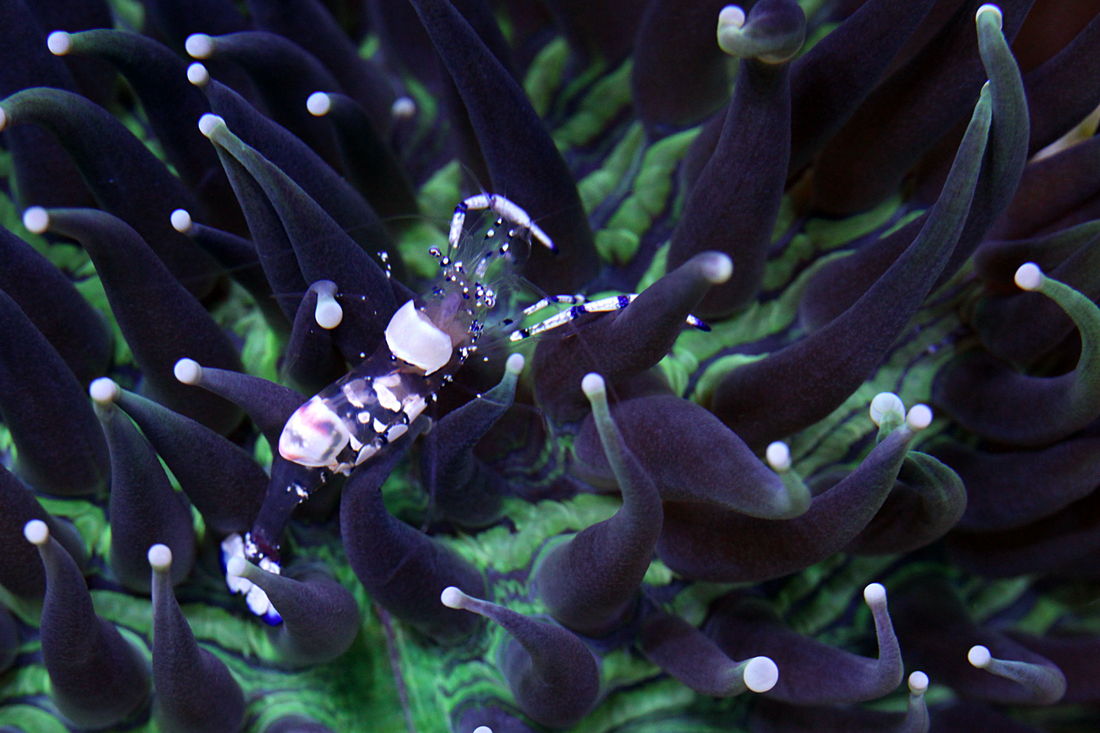
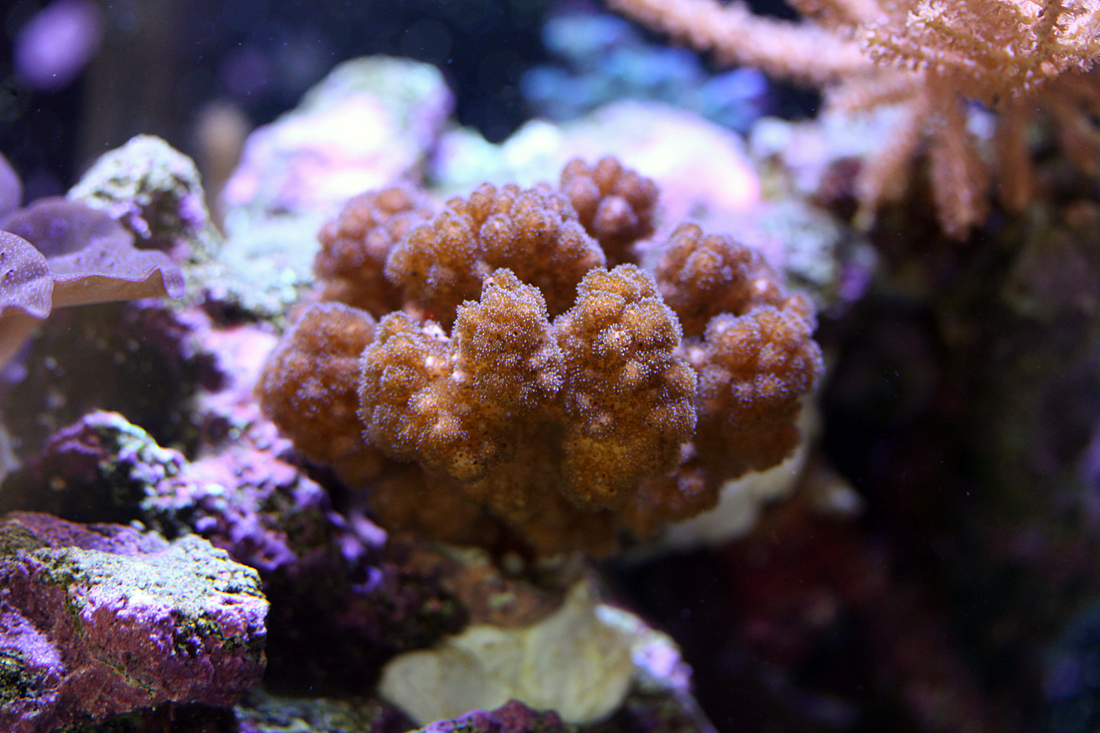
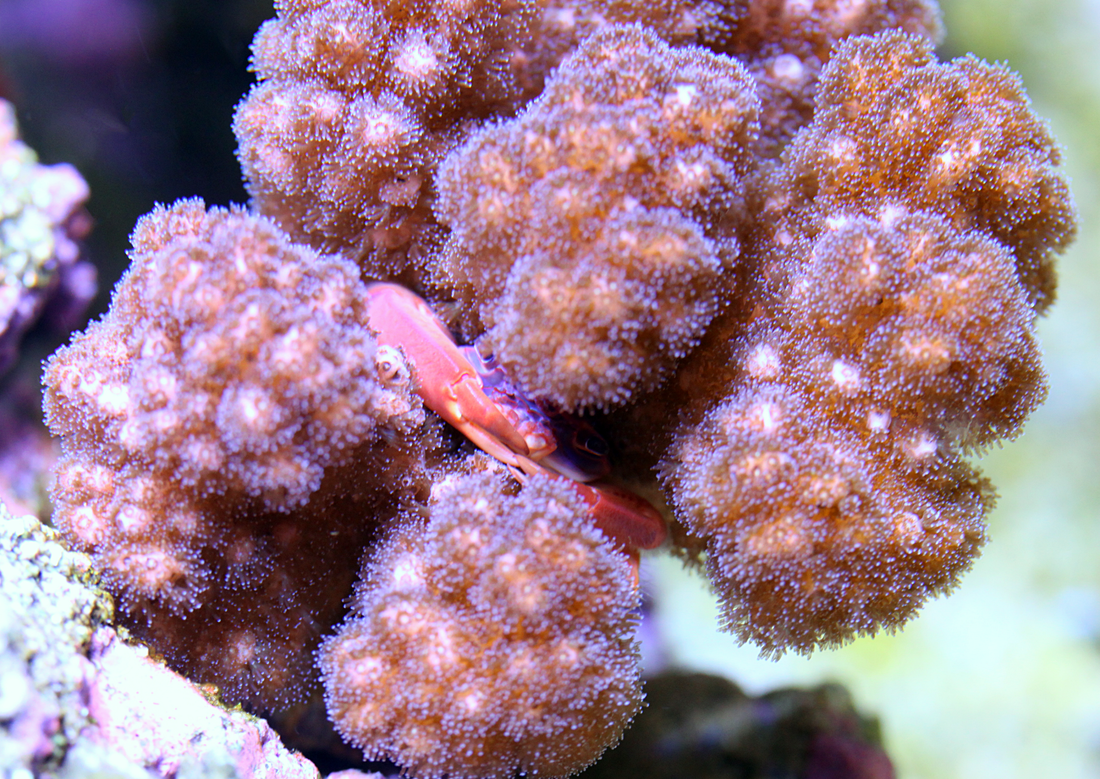
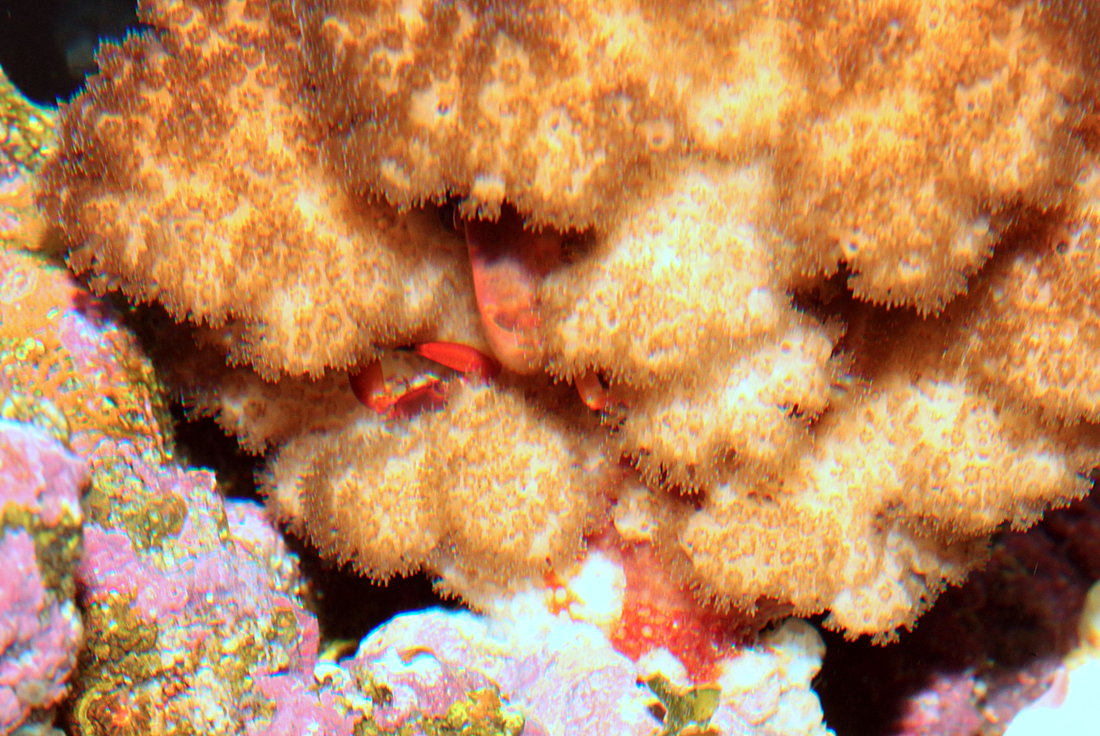
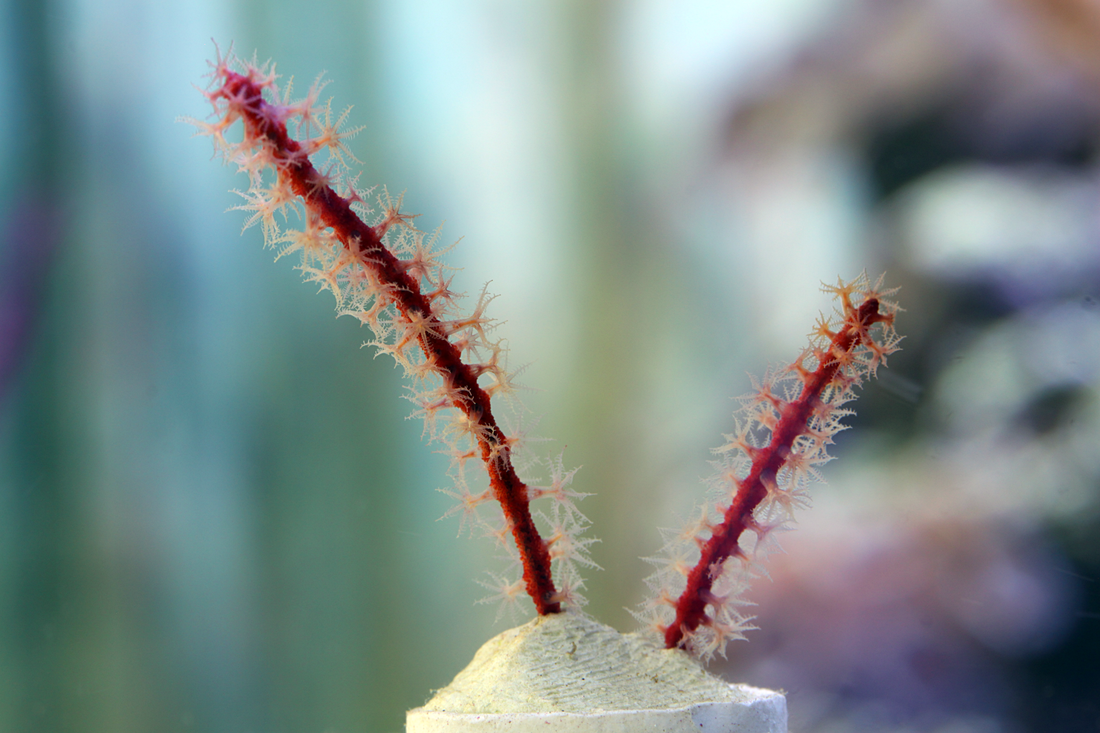
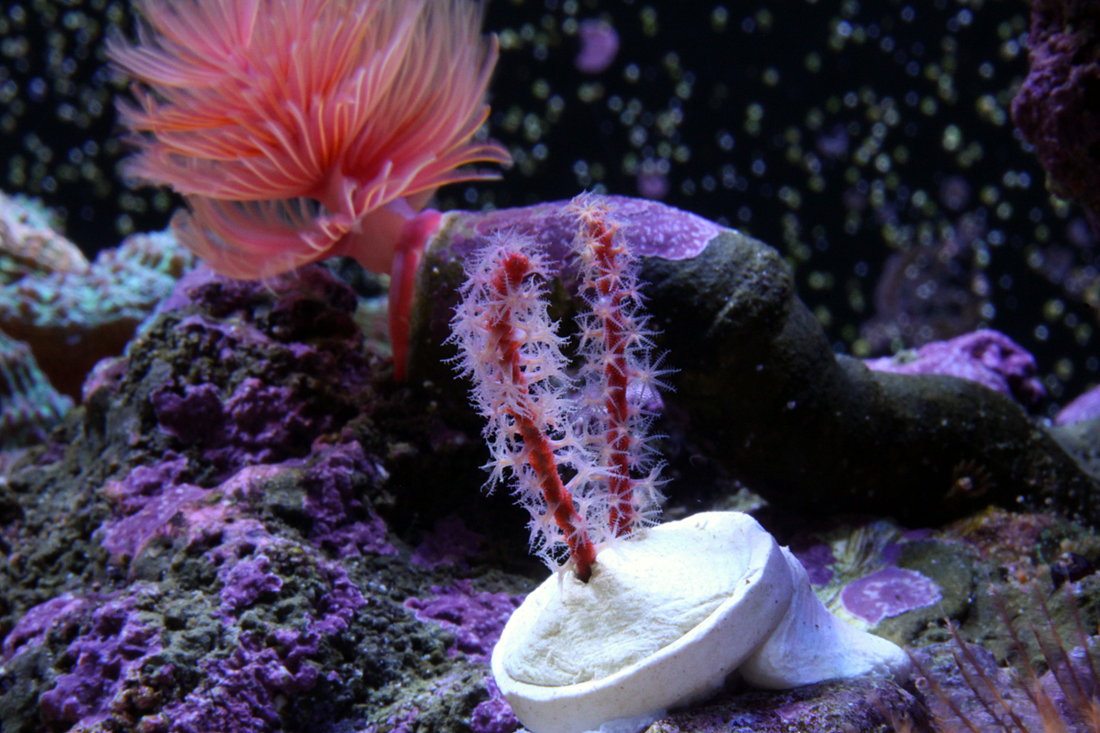
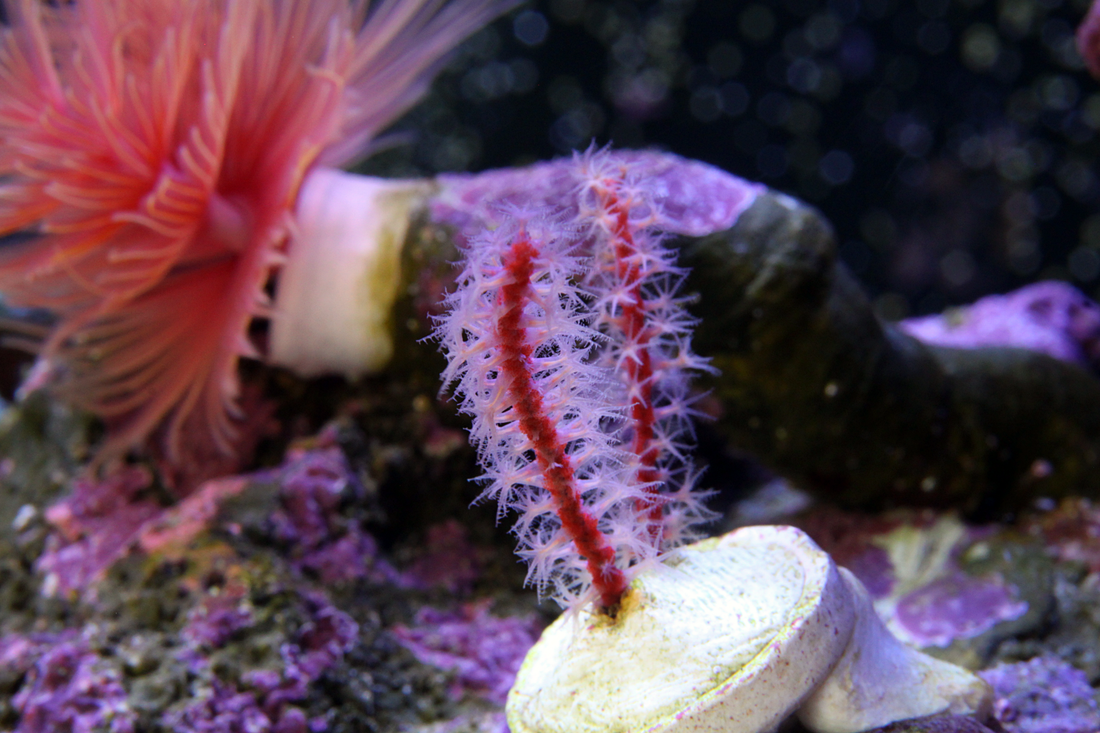
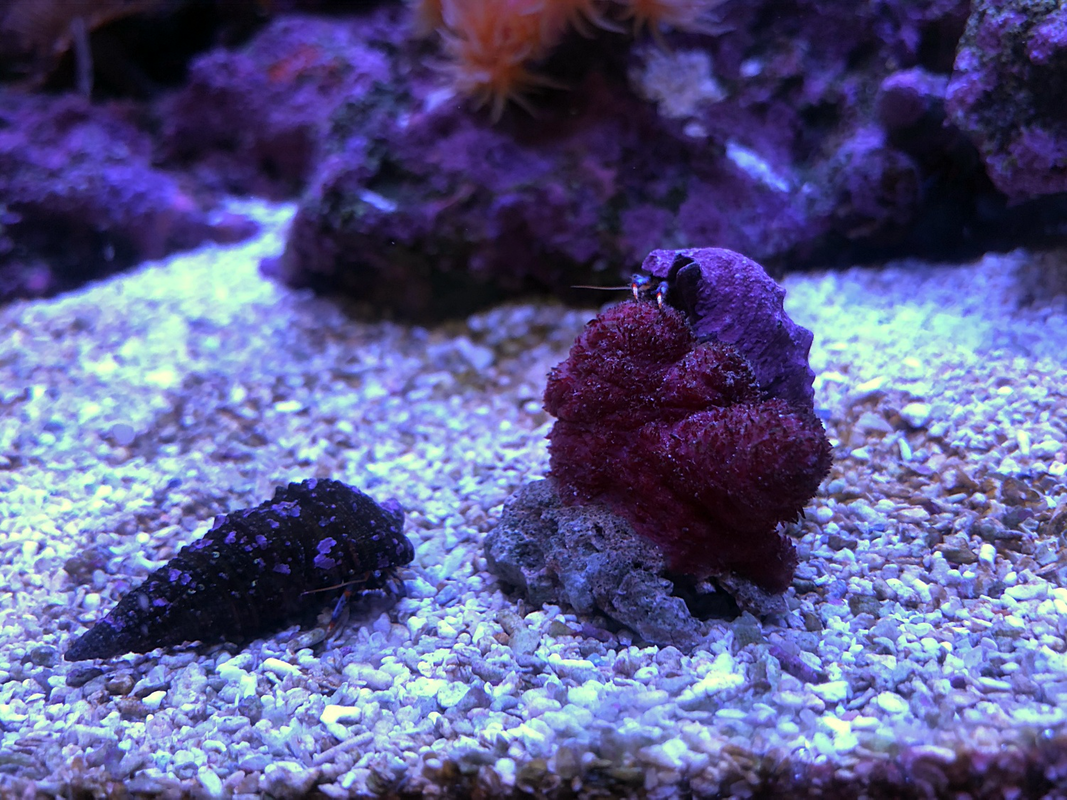
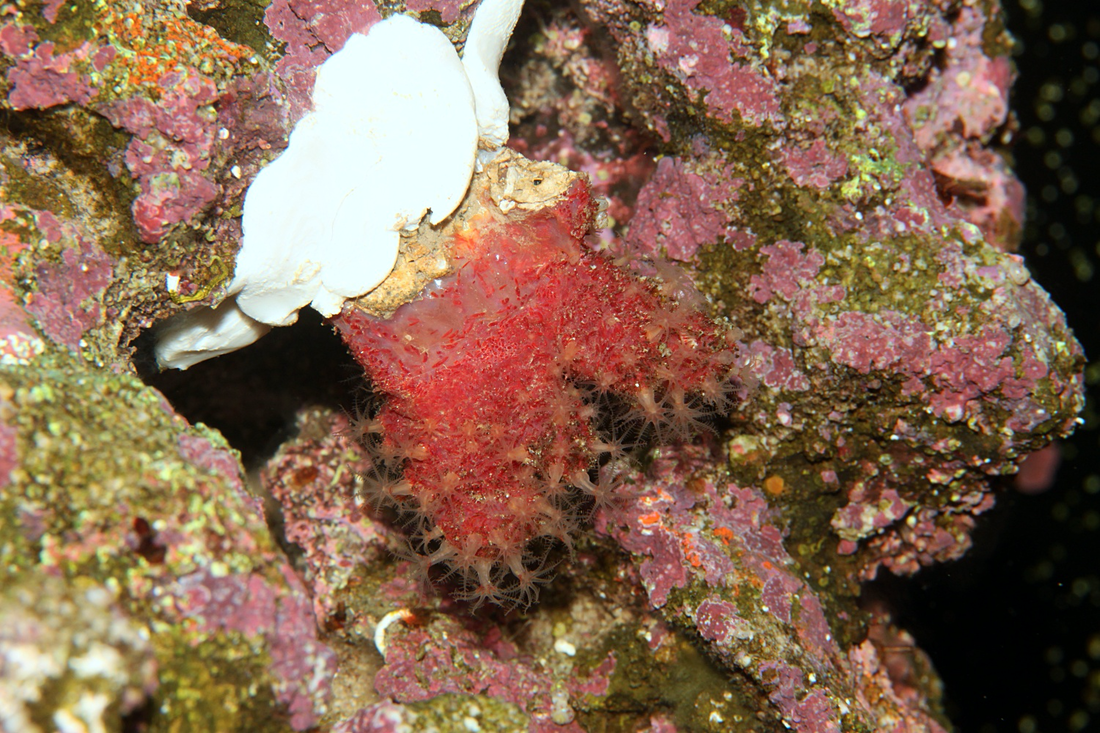
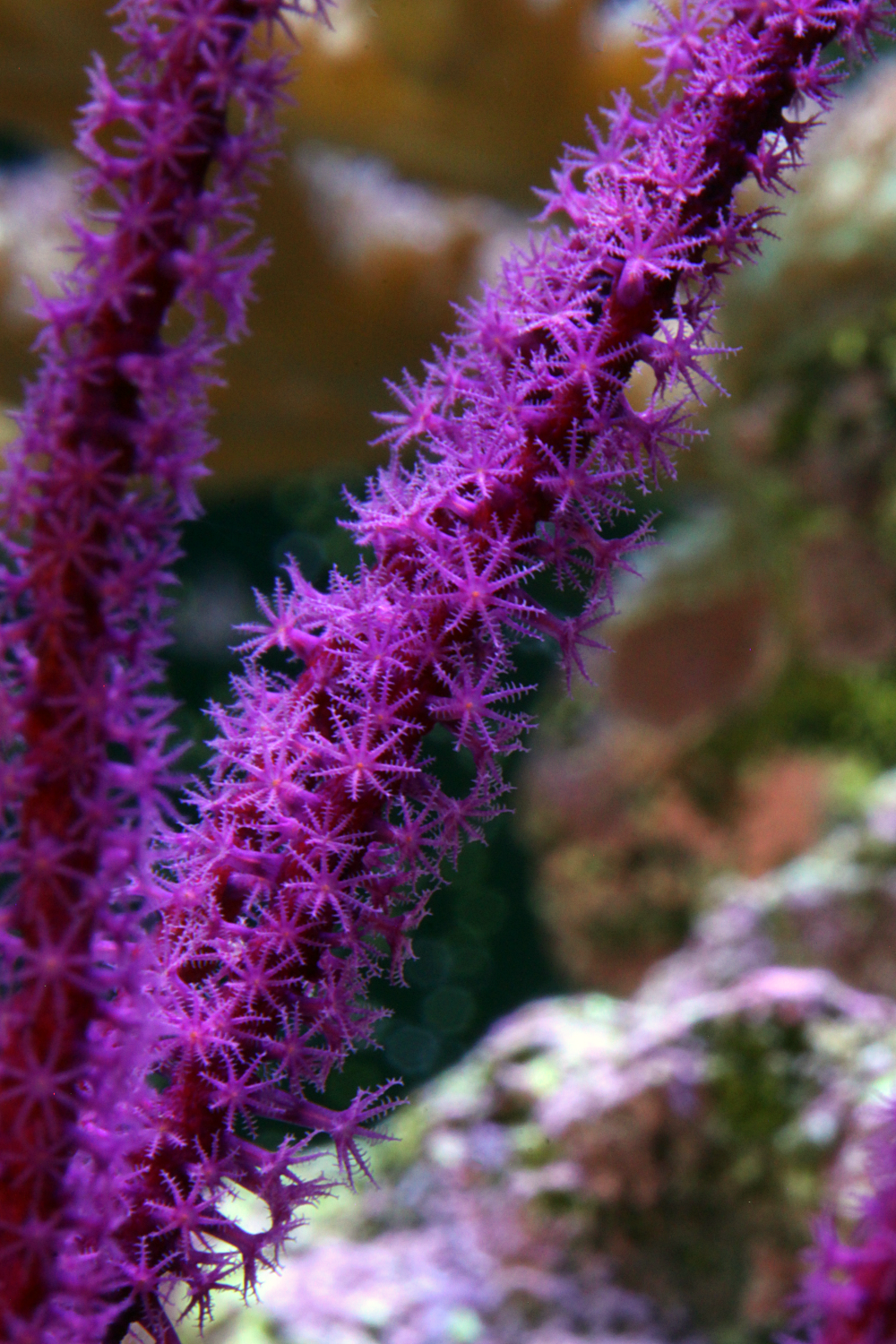
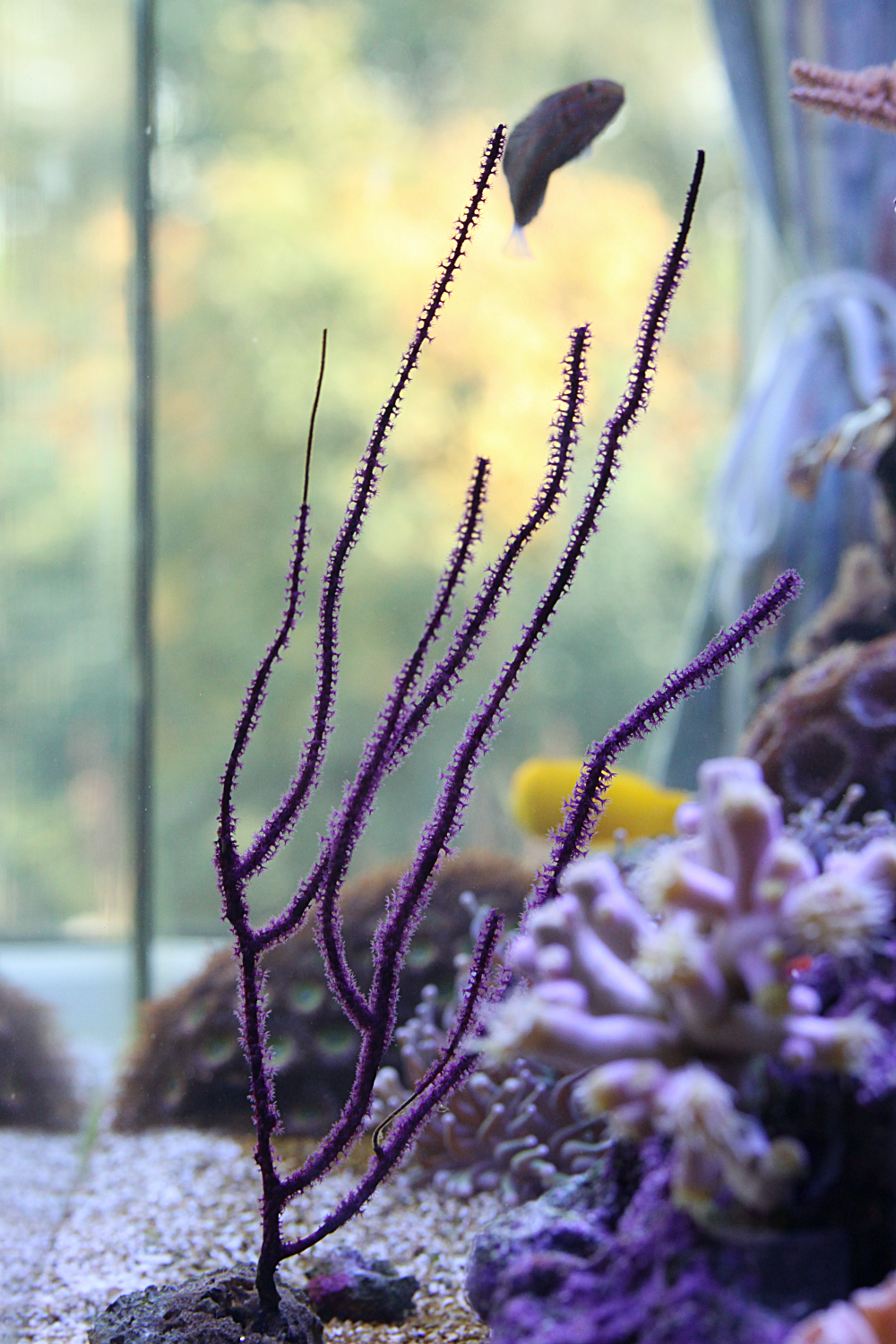
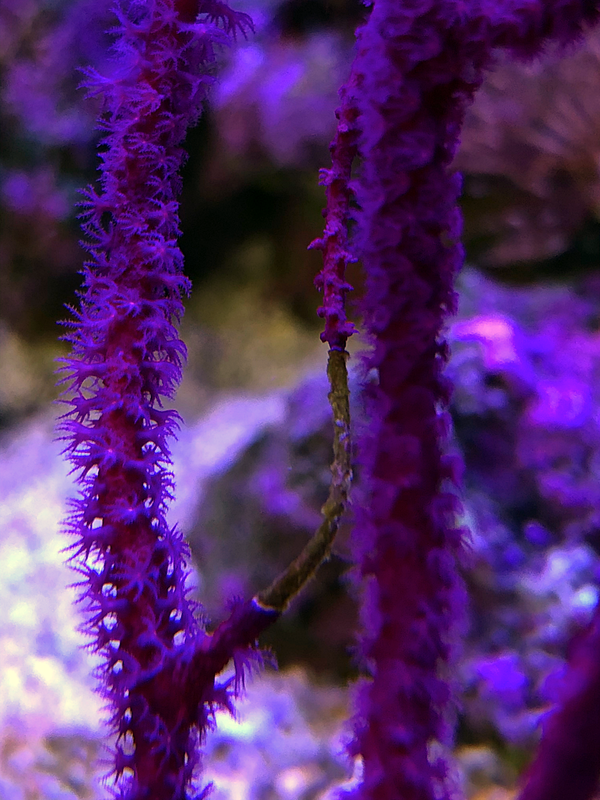
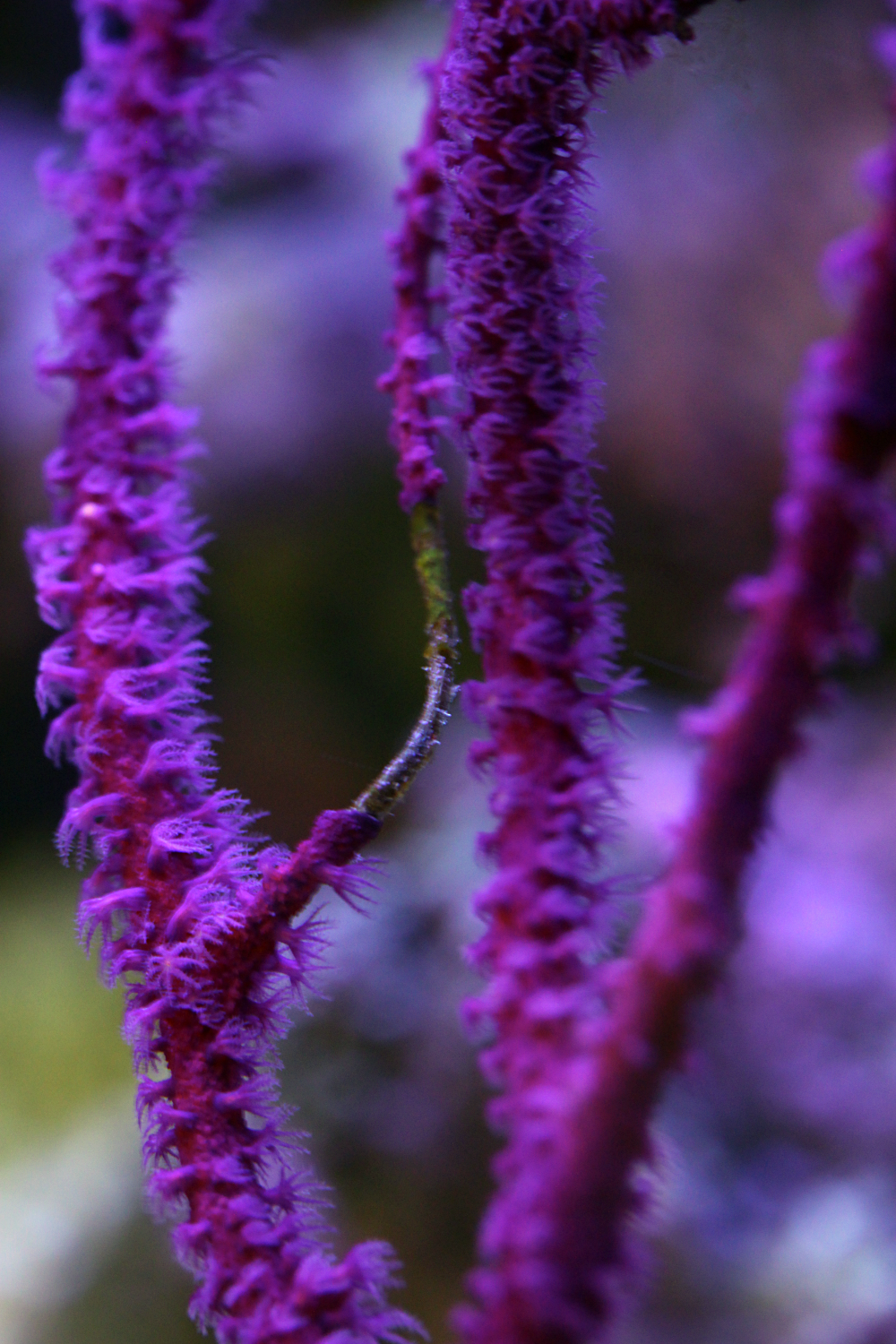
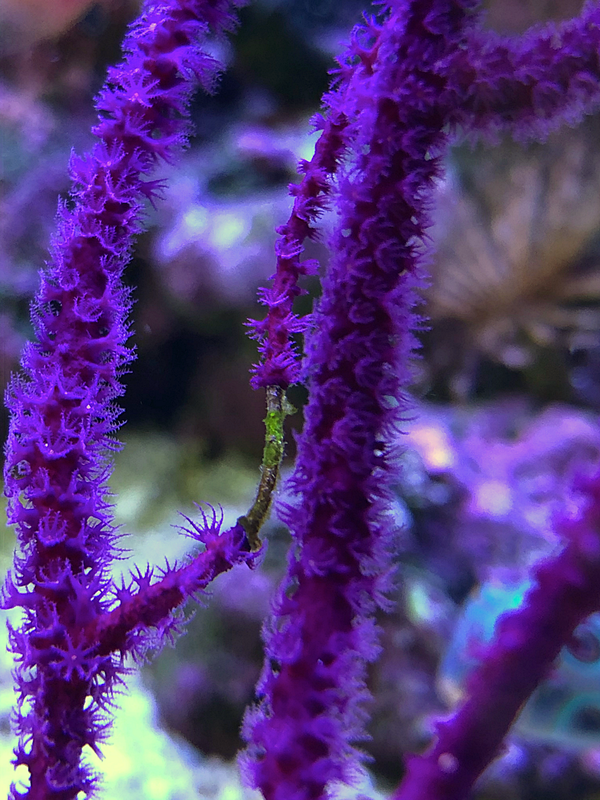
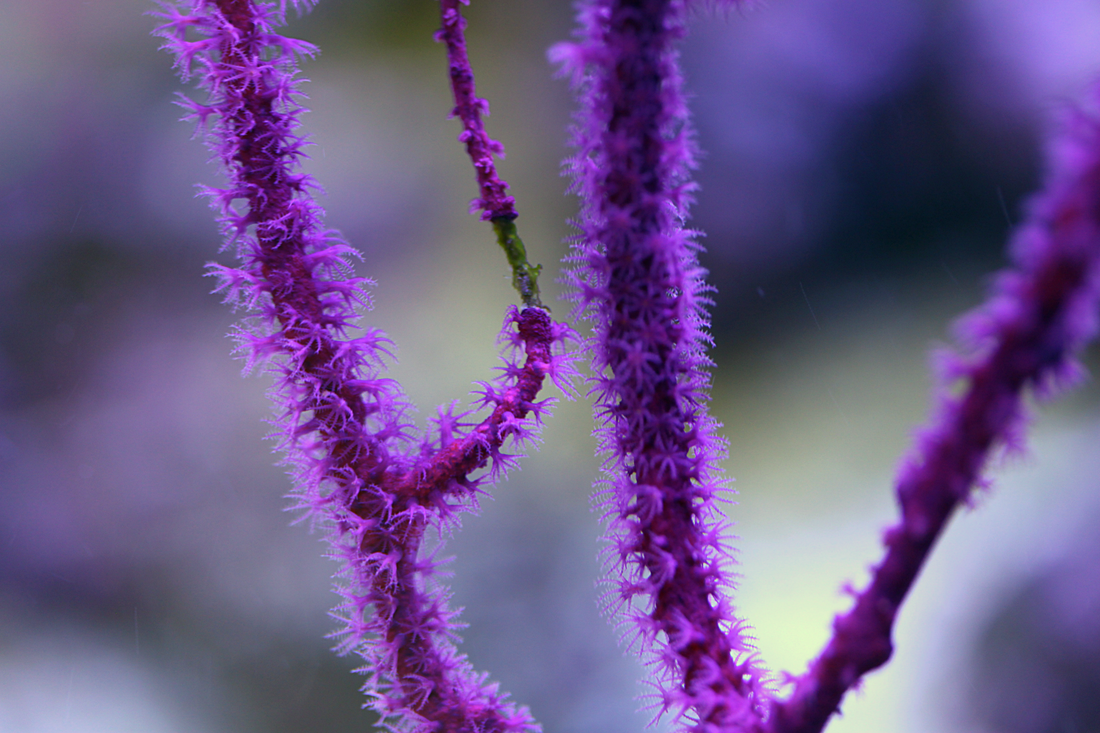
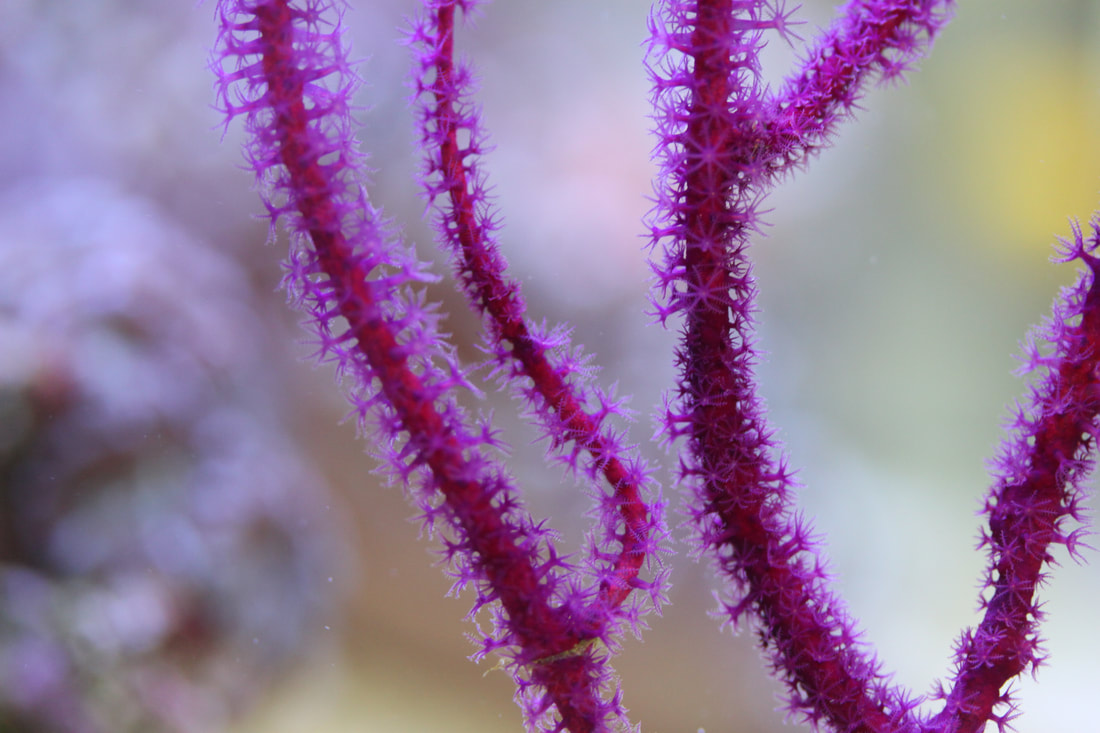
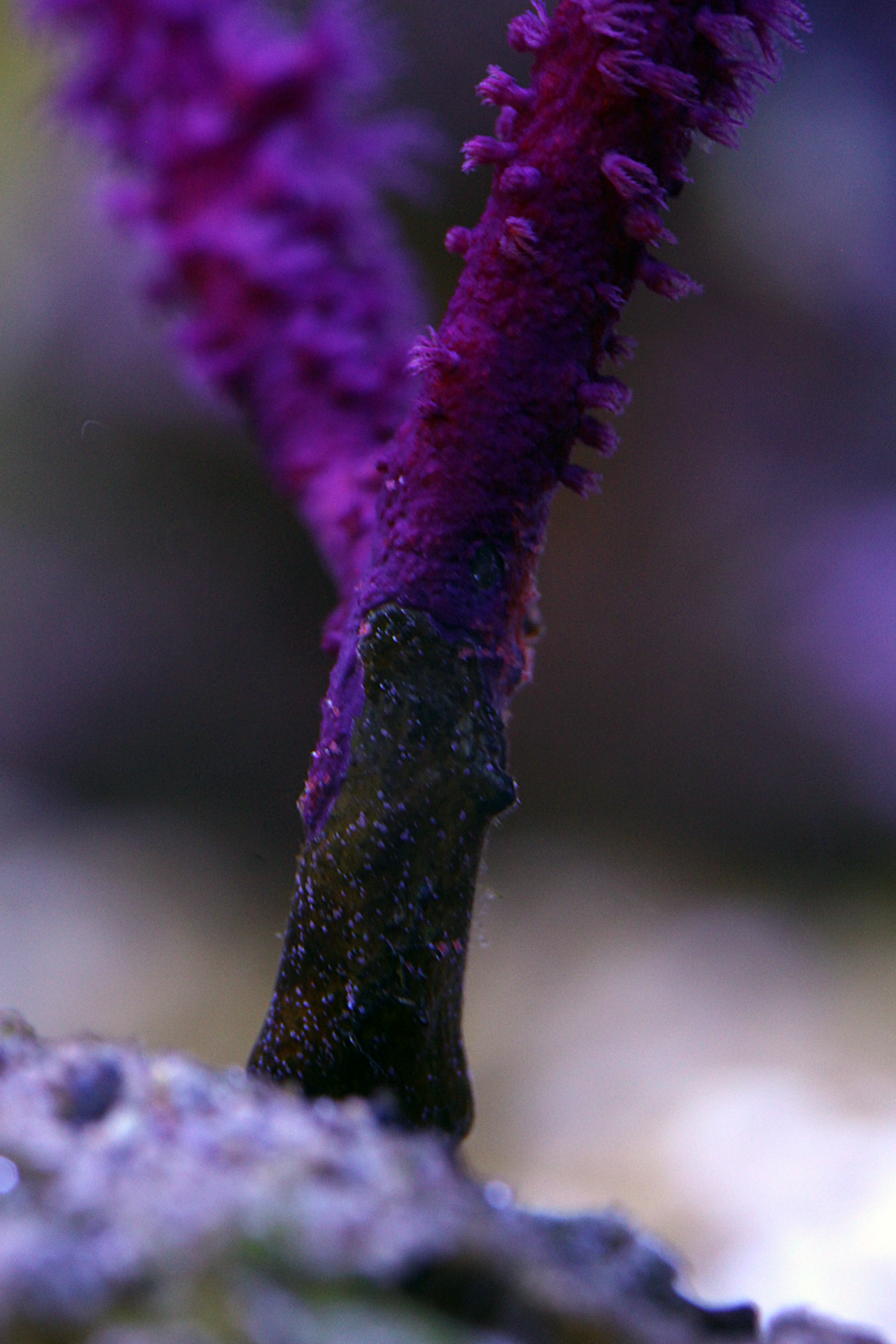
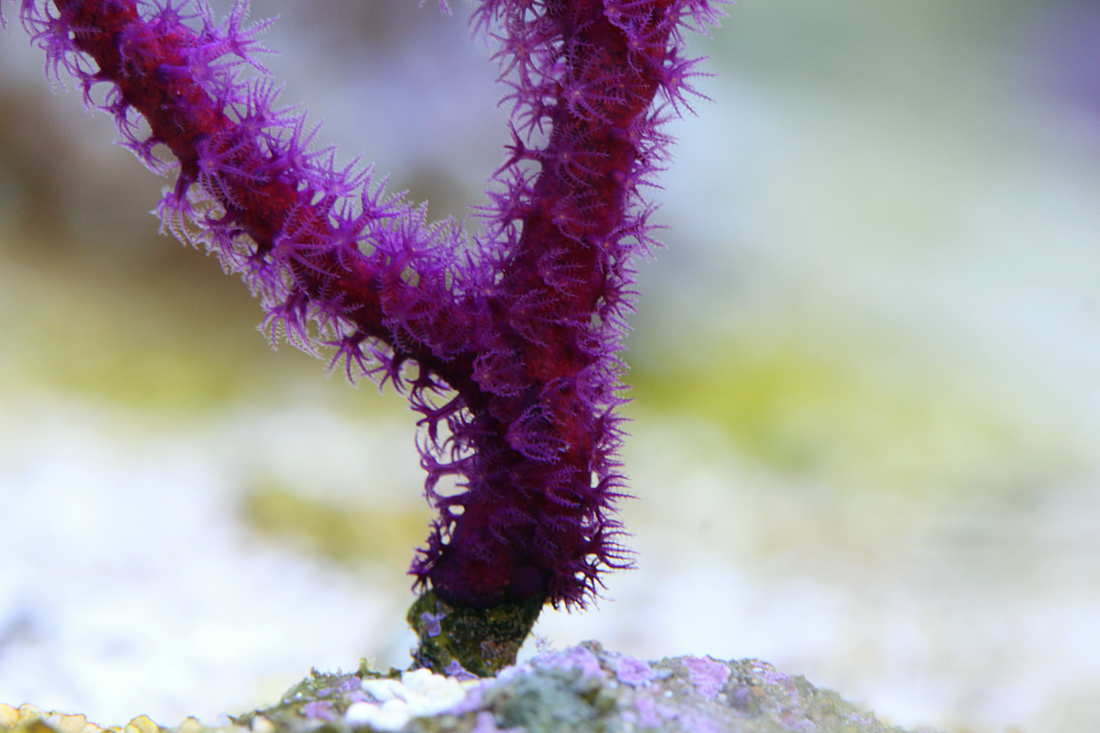
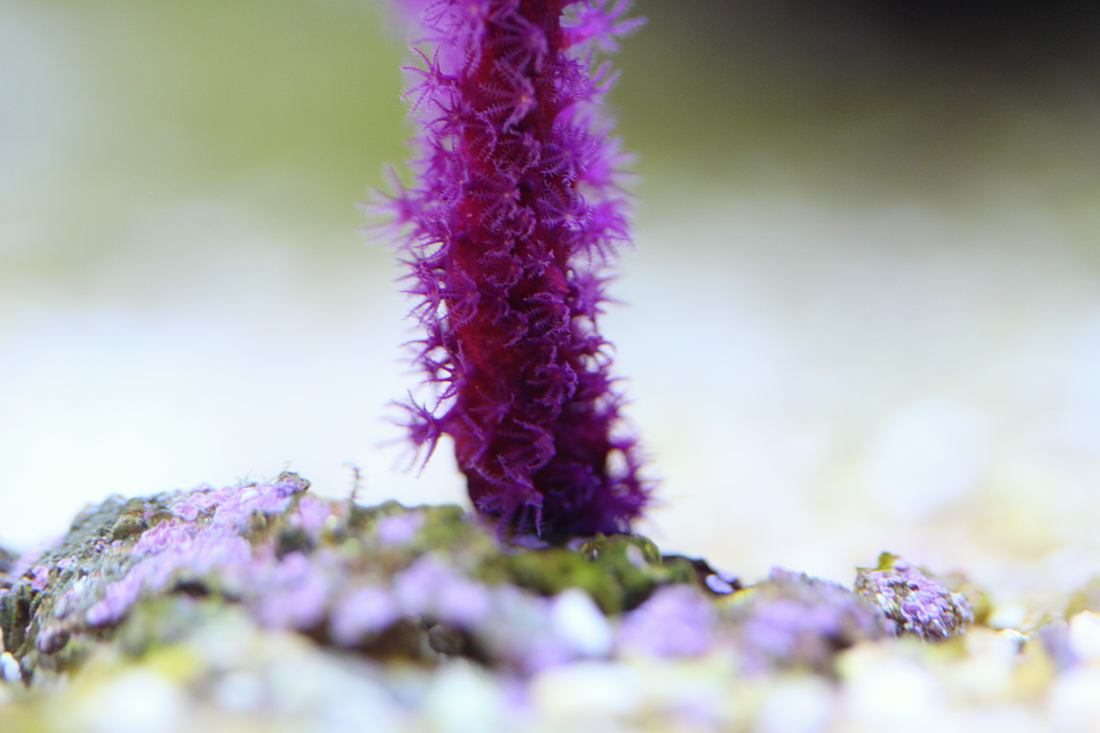
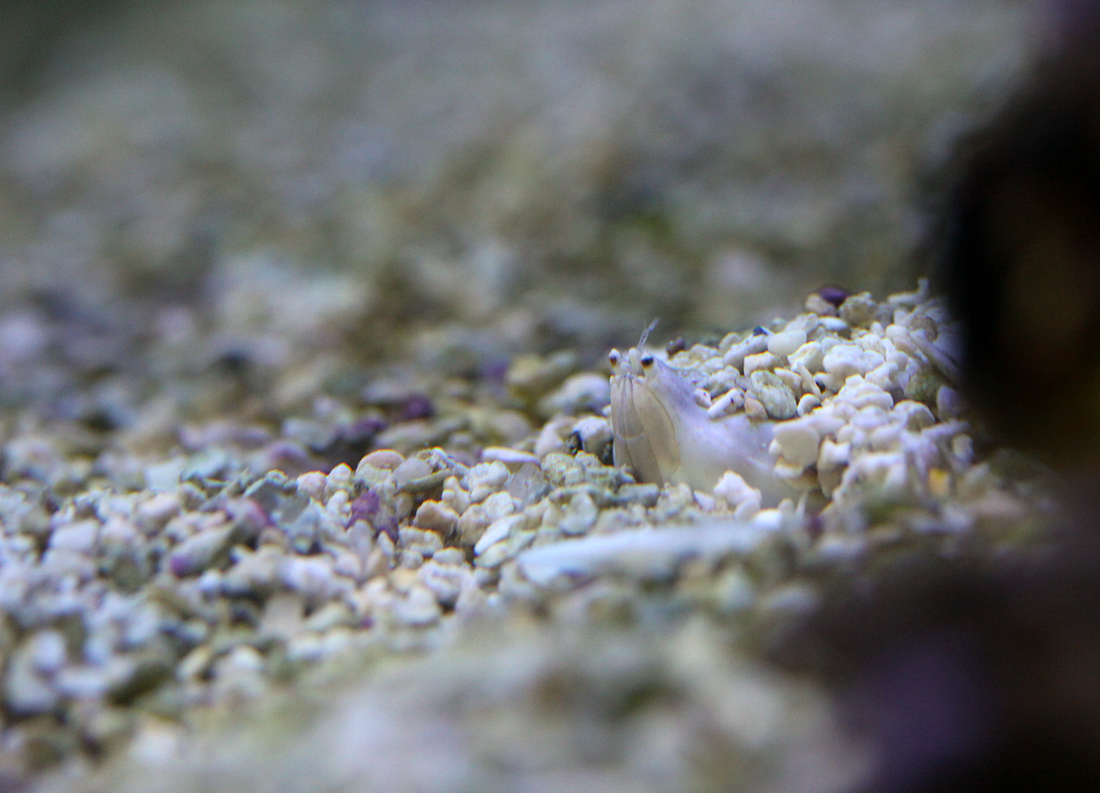

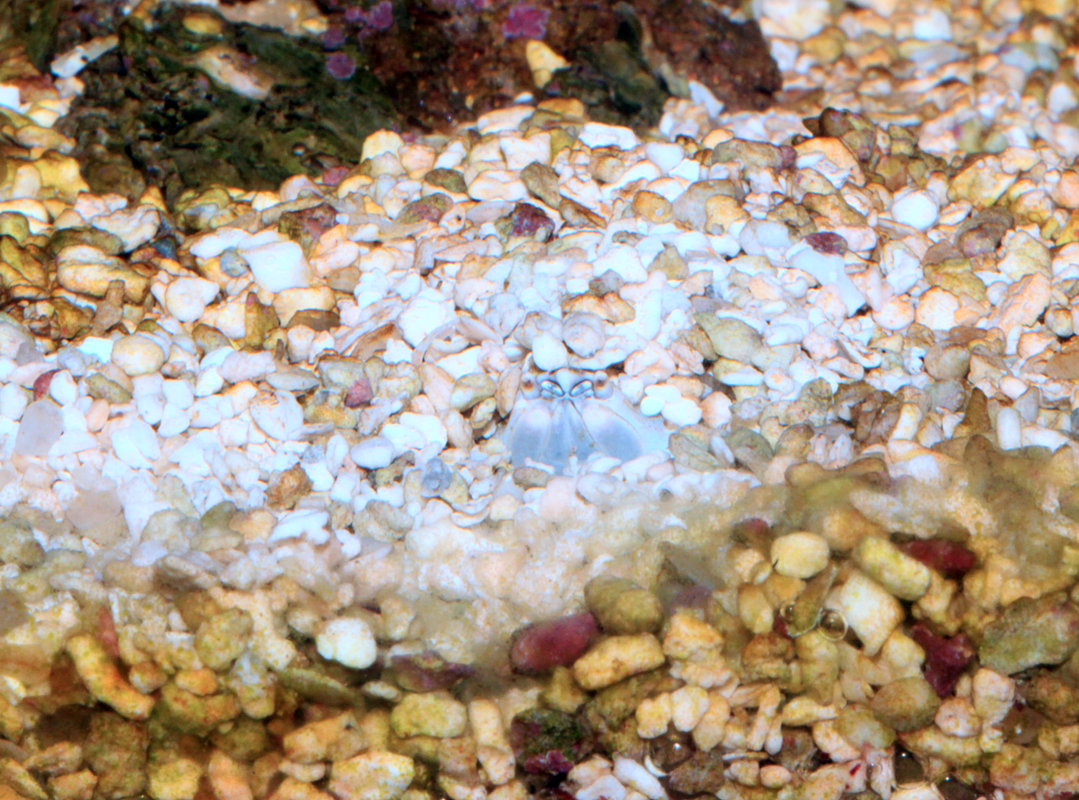
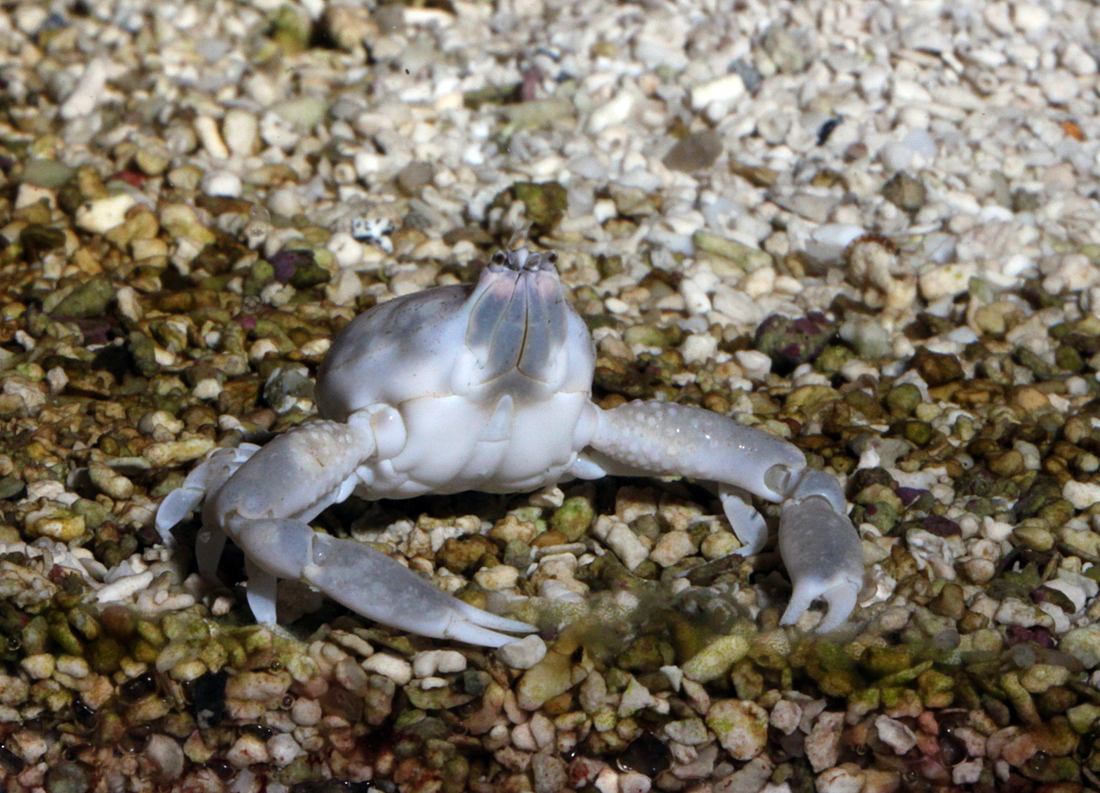
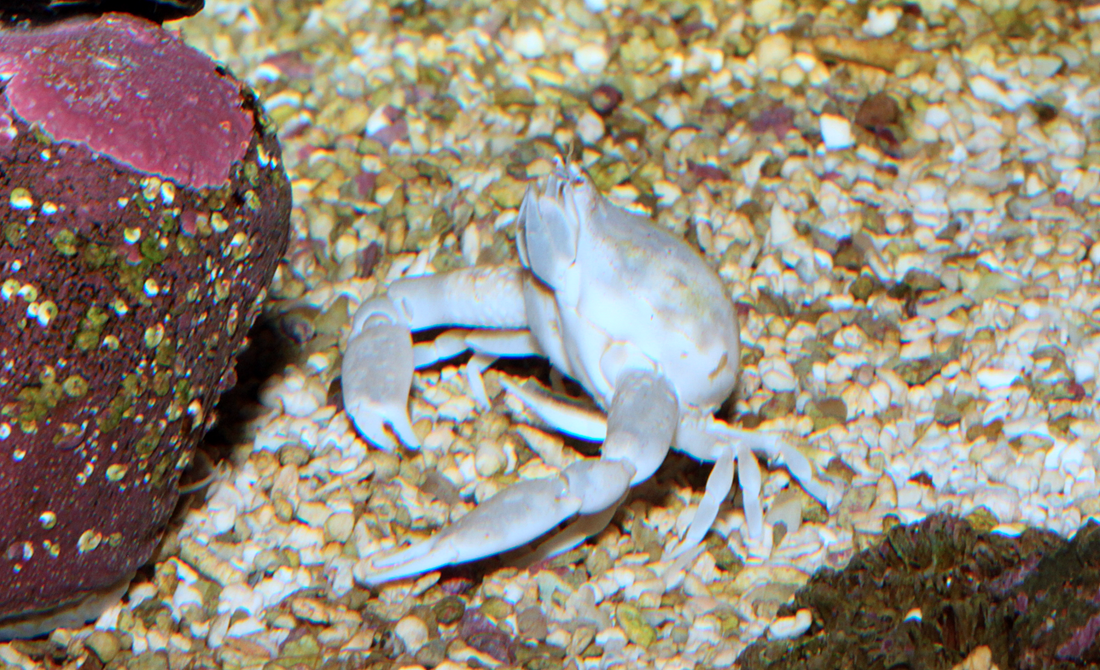
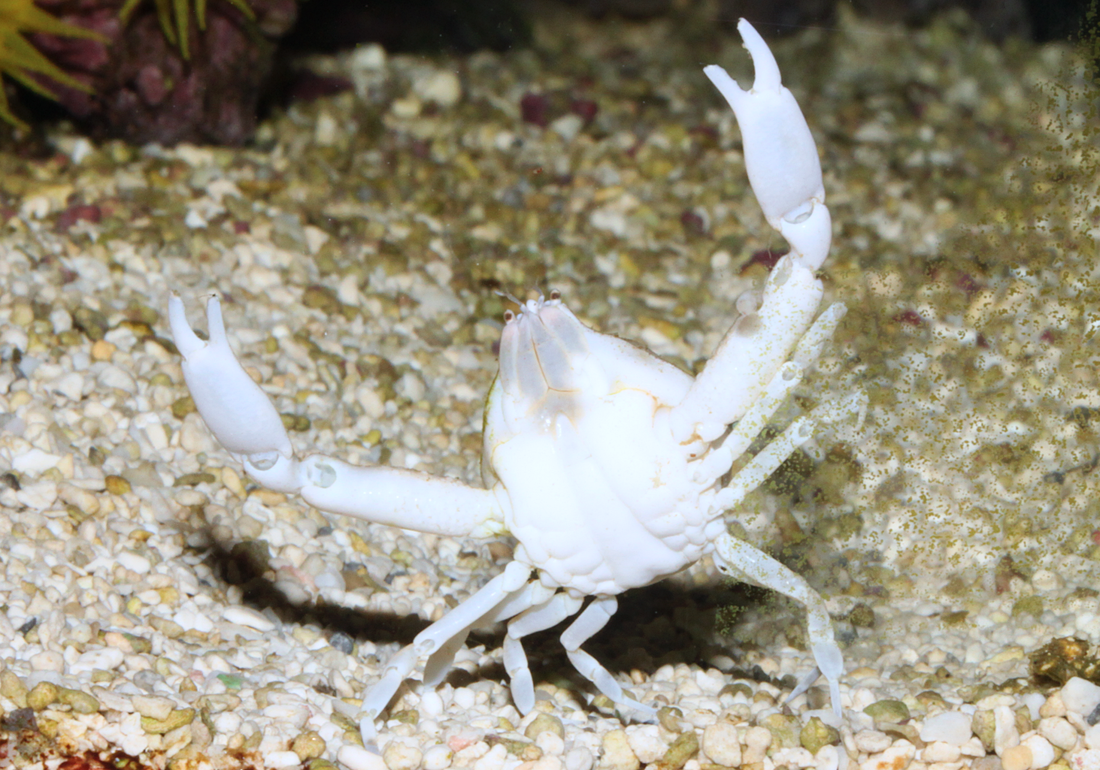
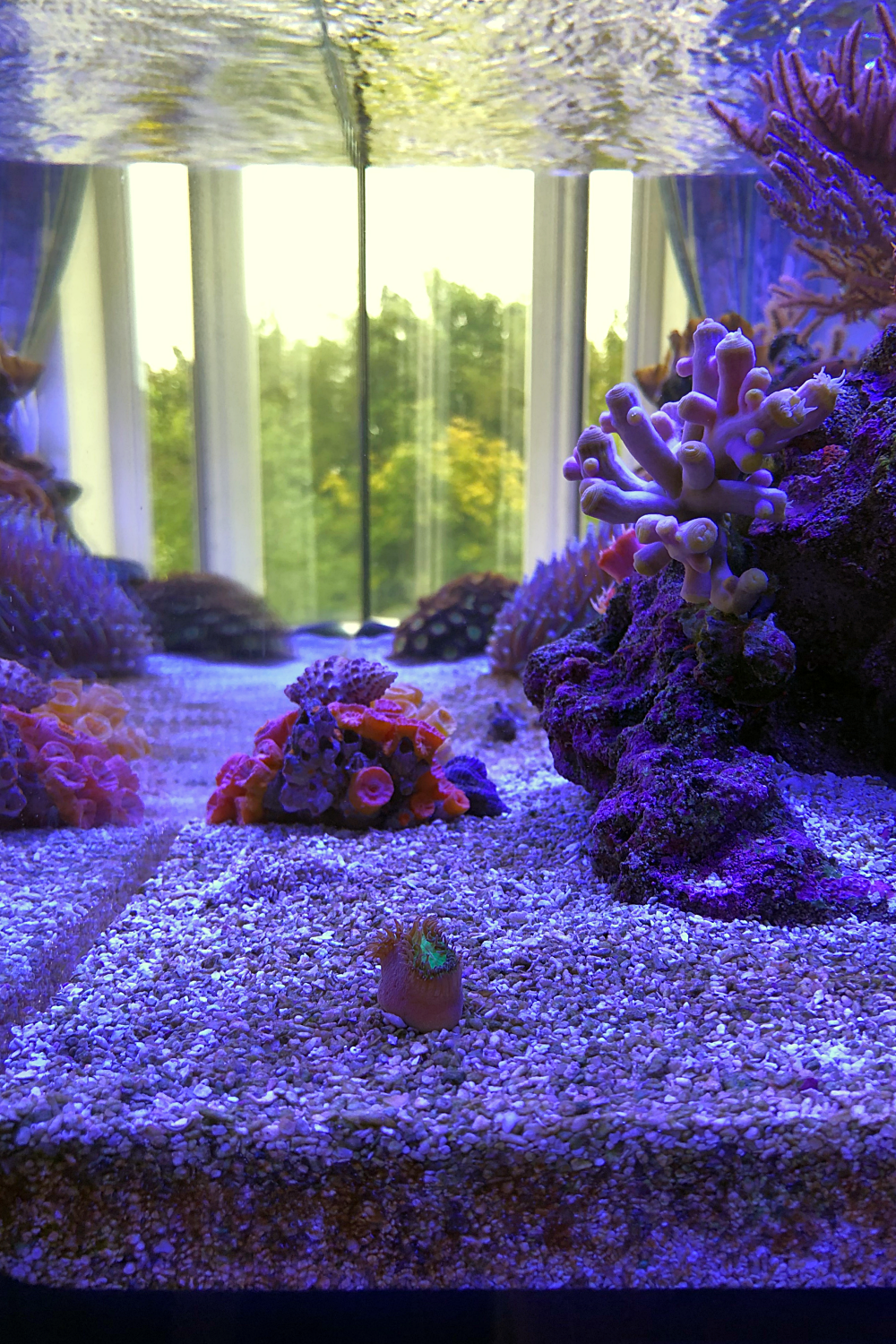
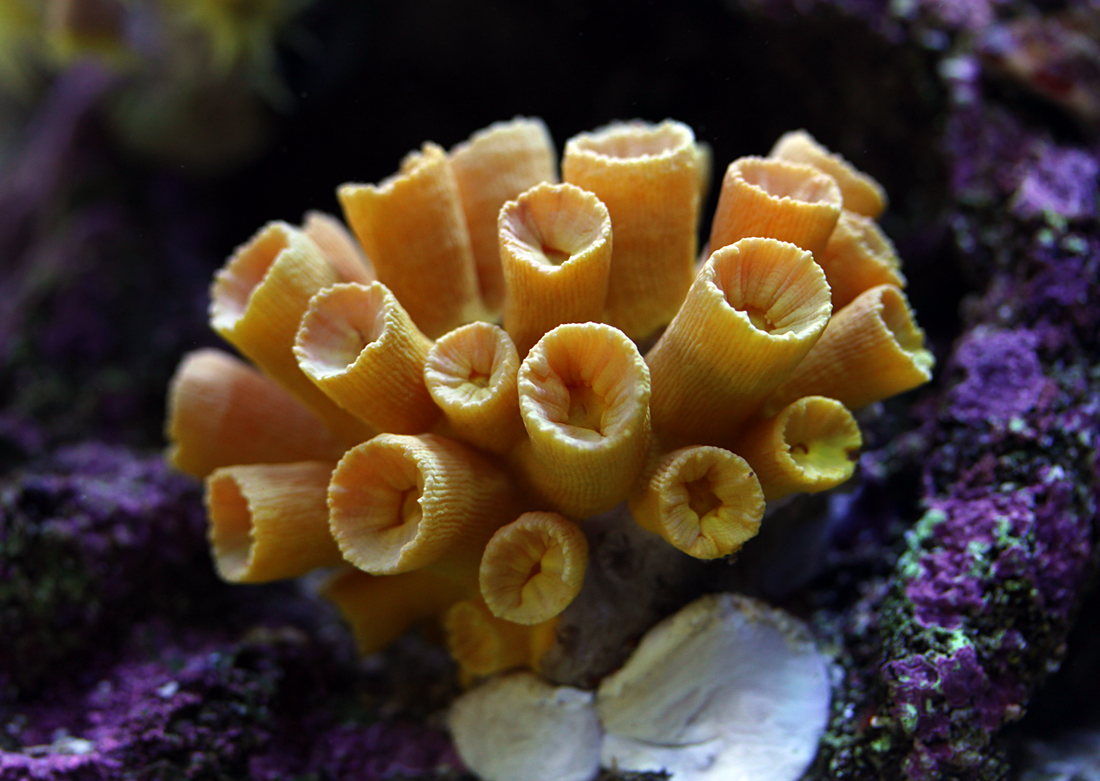
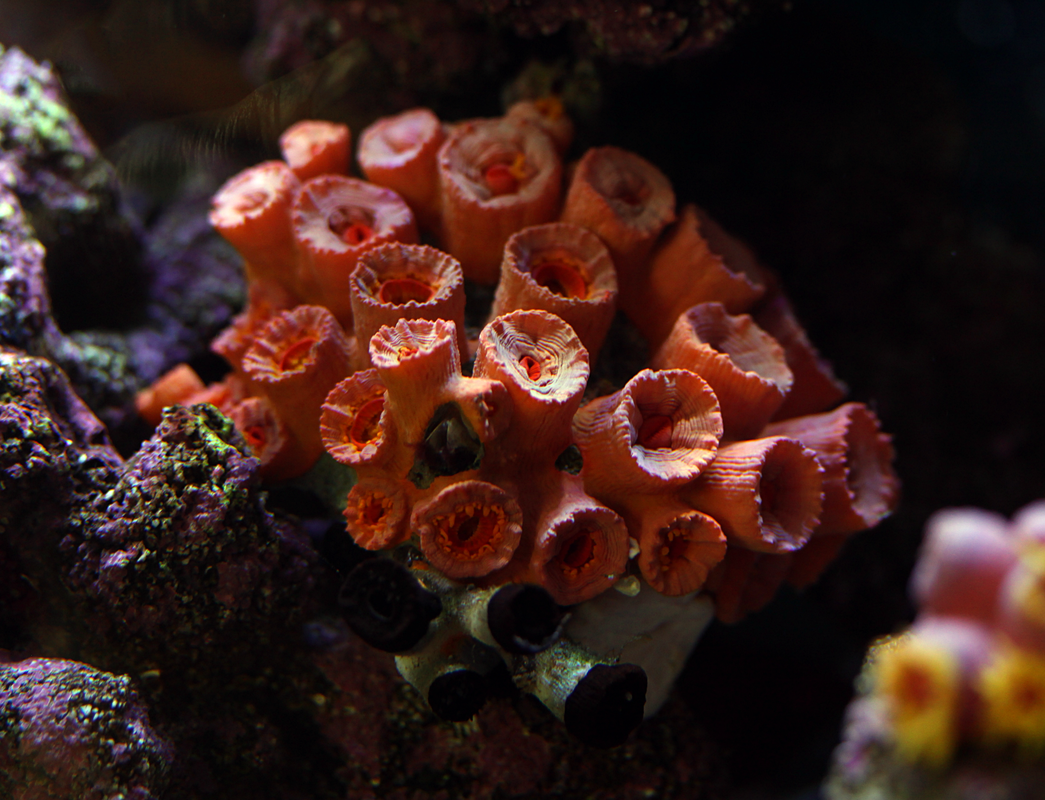
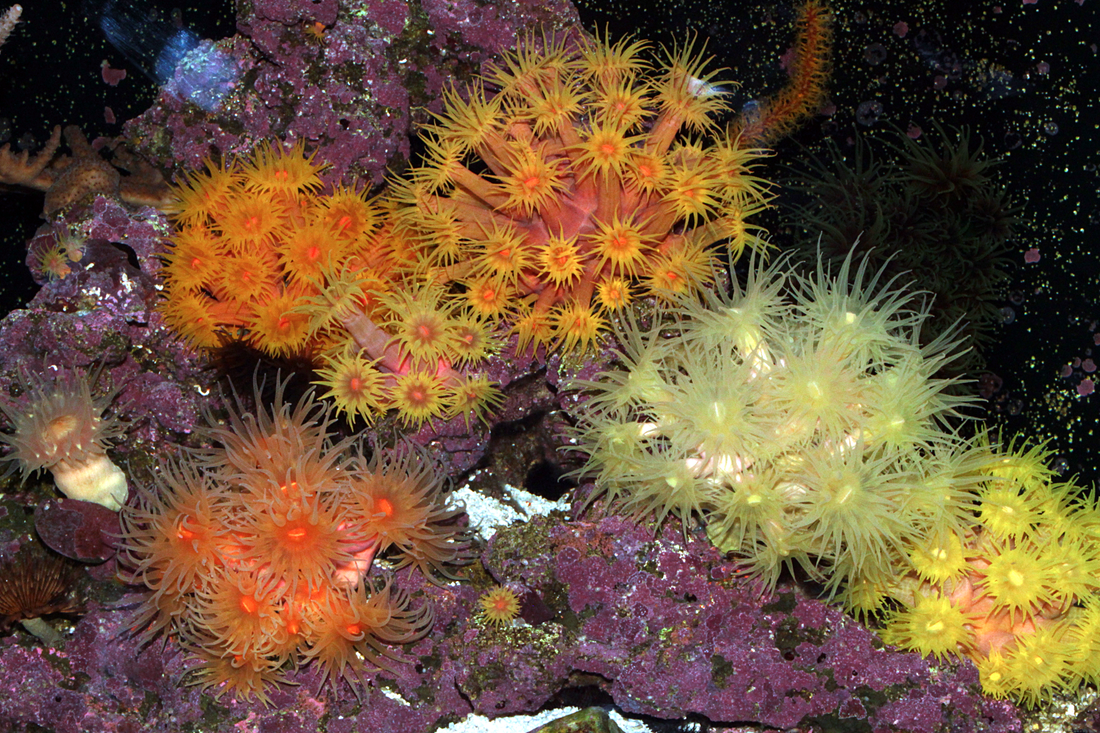
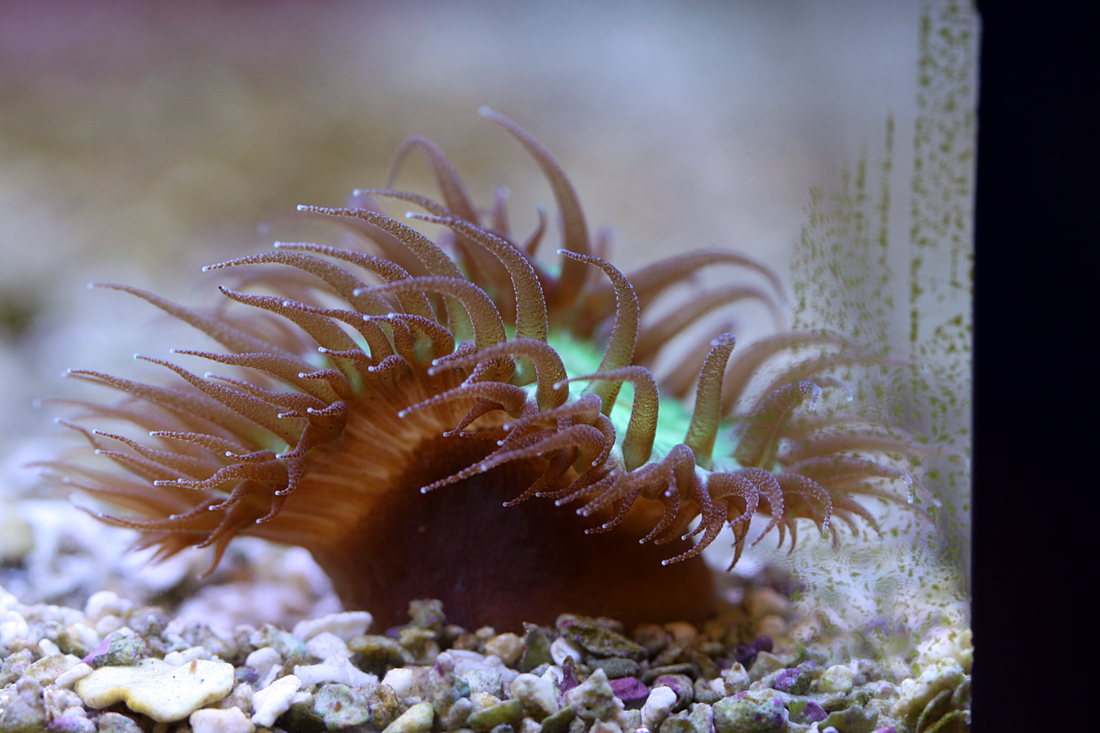
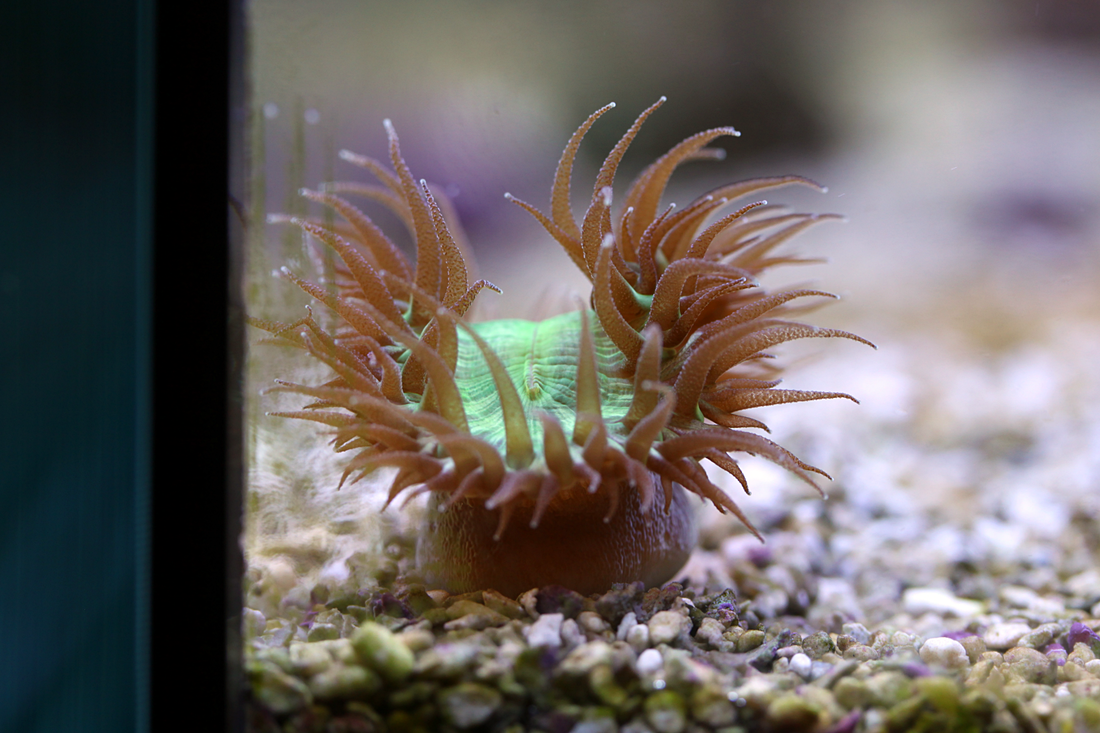
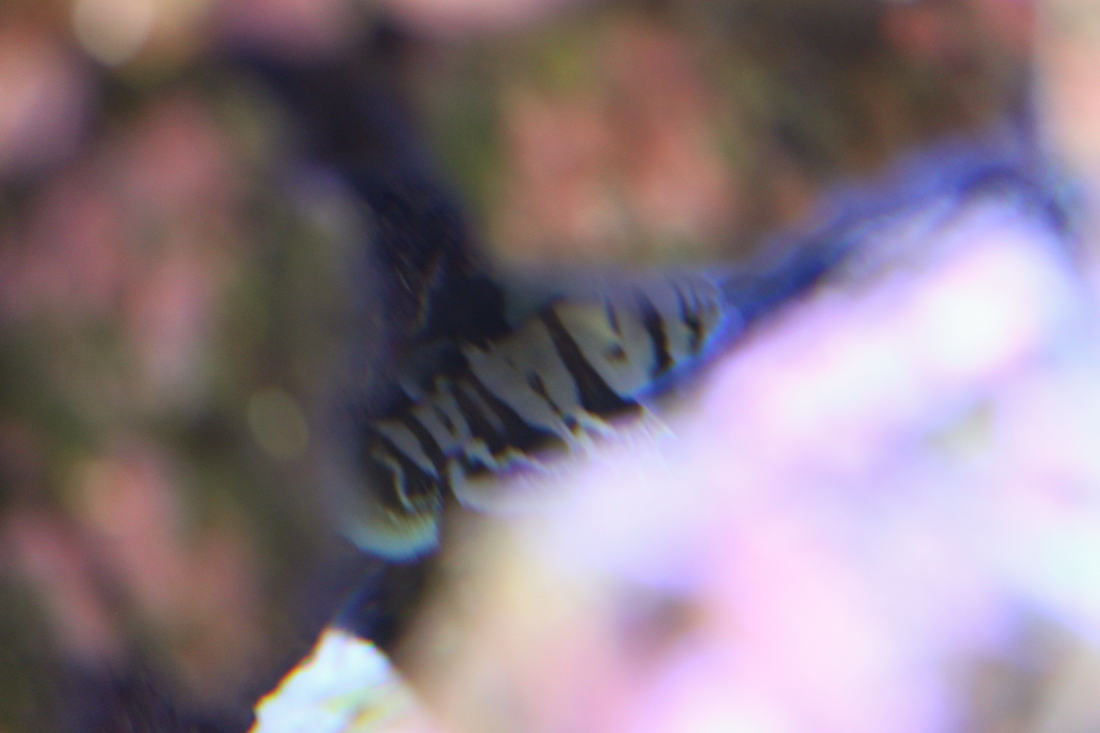
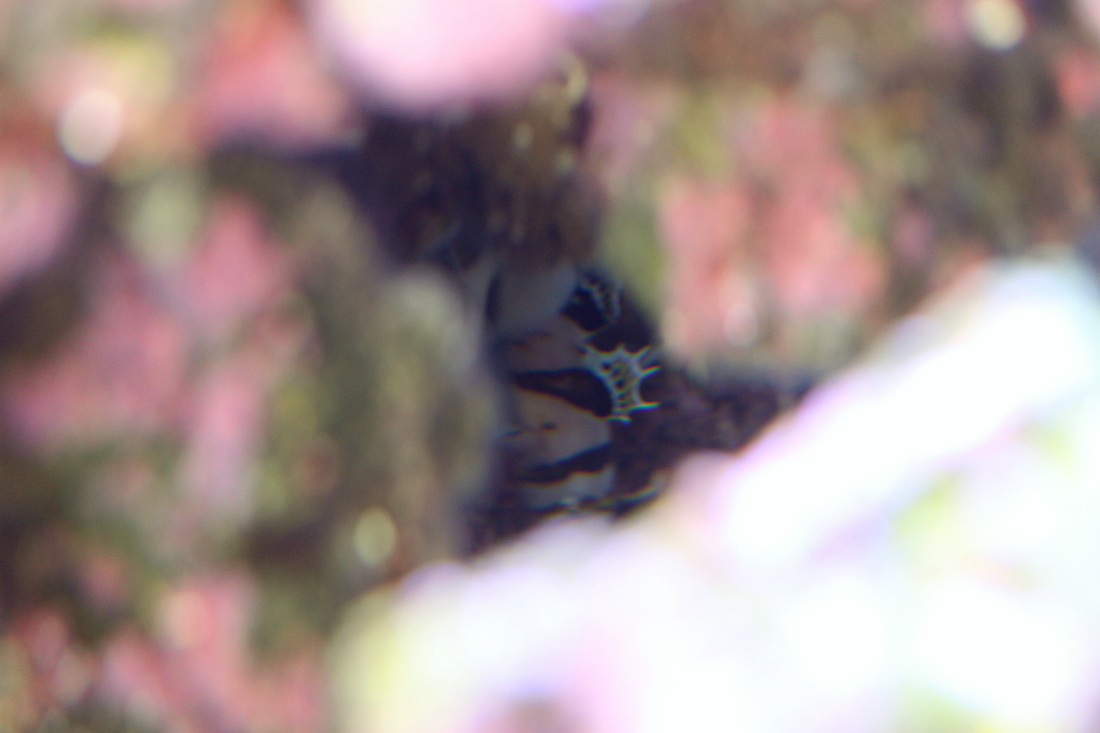
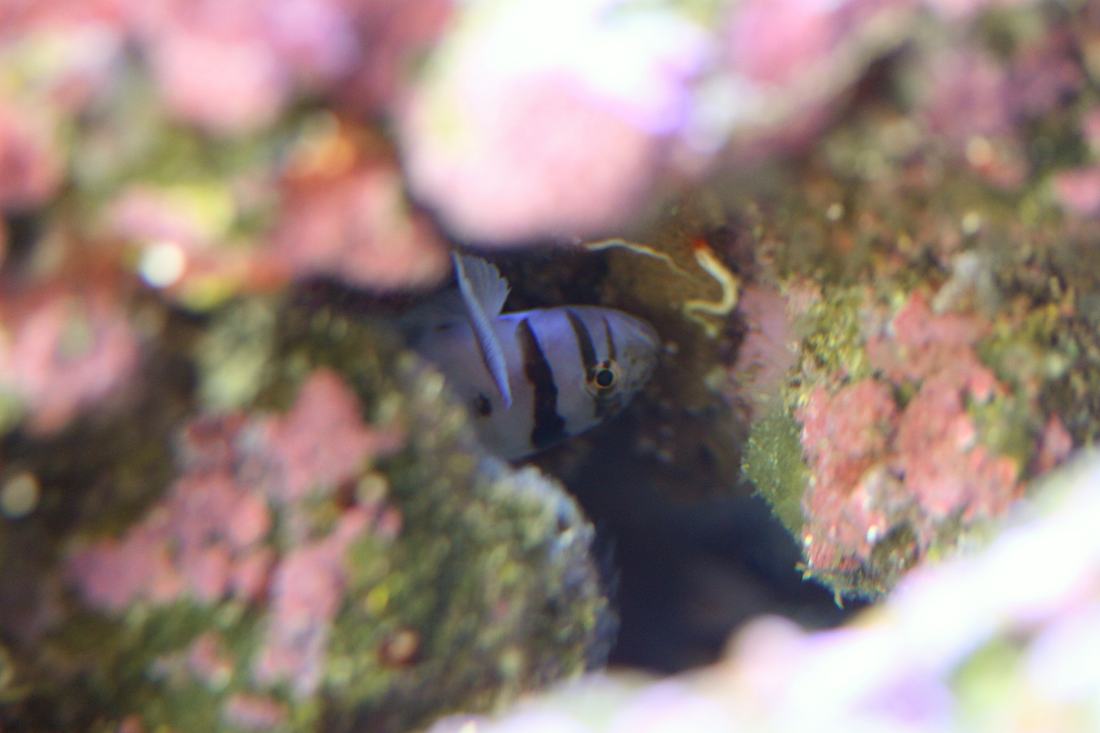
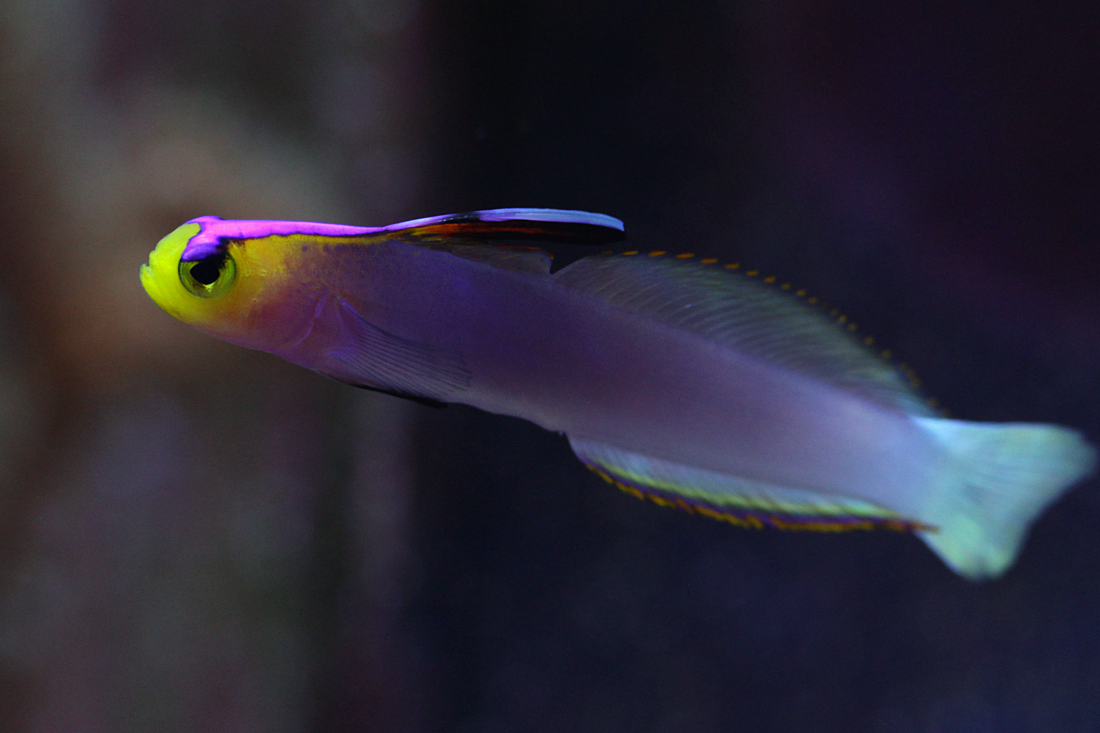
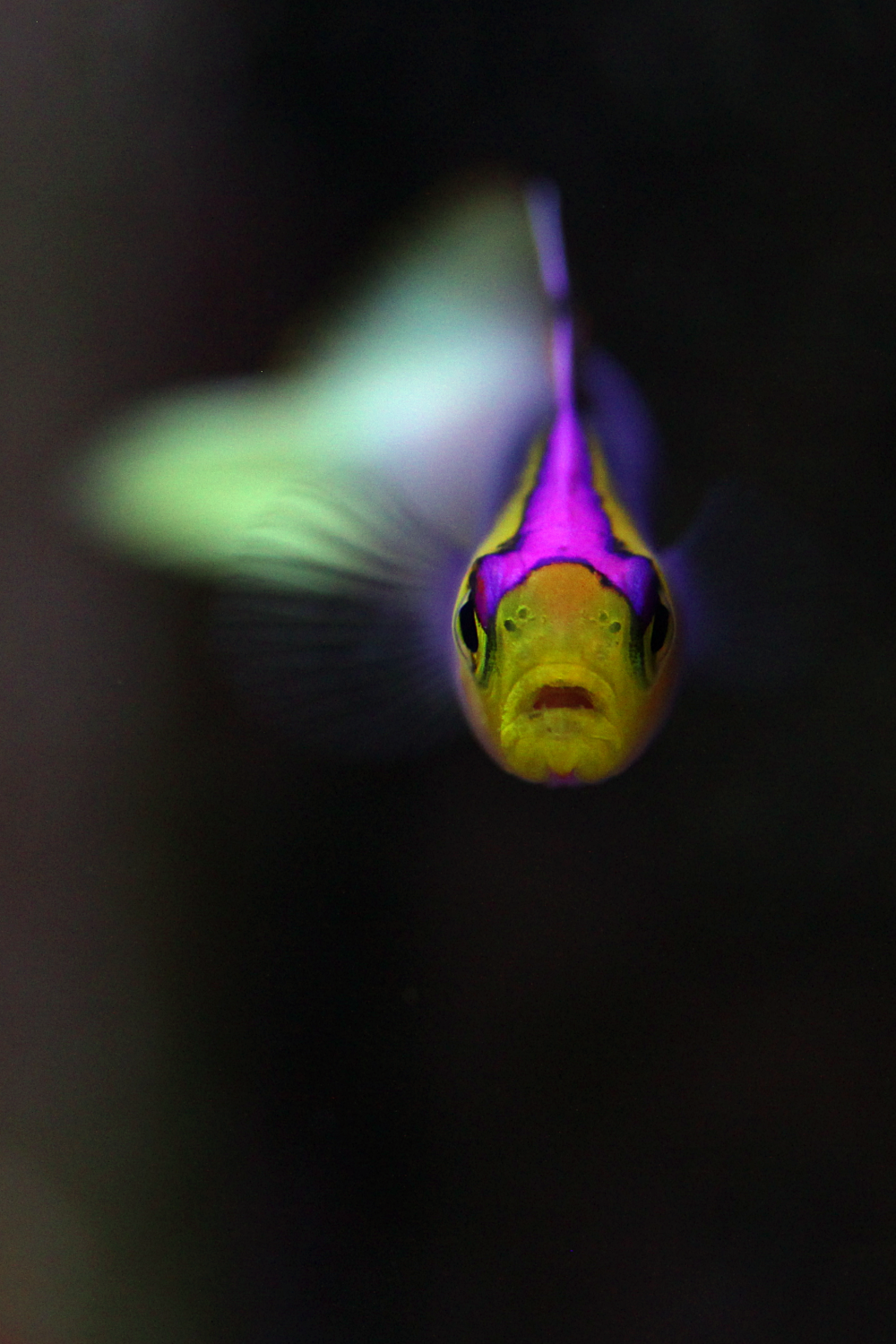
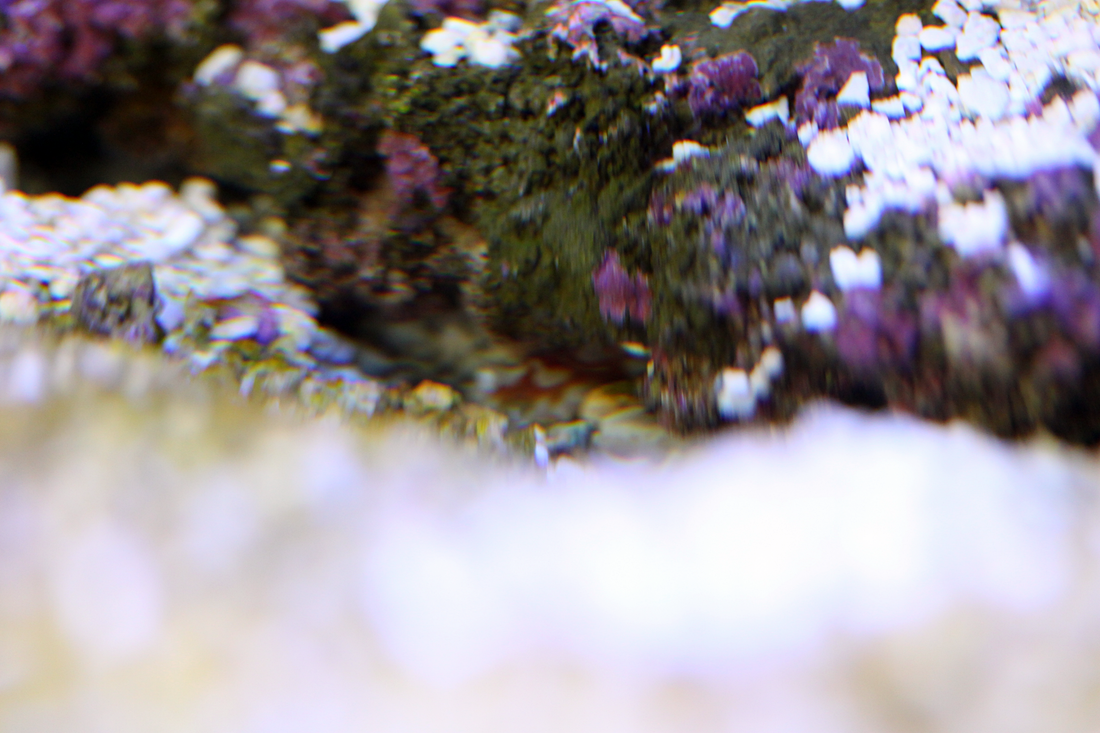
 RSS Feed
RSS Feed
